Last updated on April 21, 2024
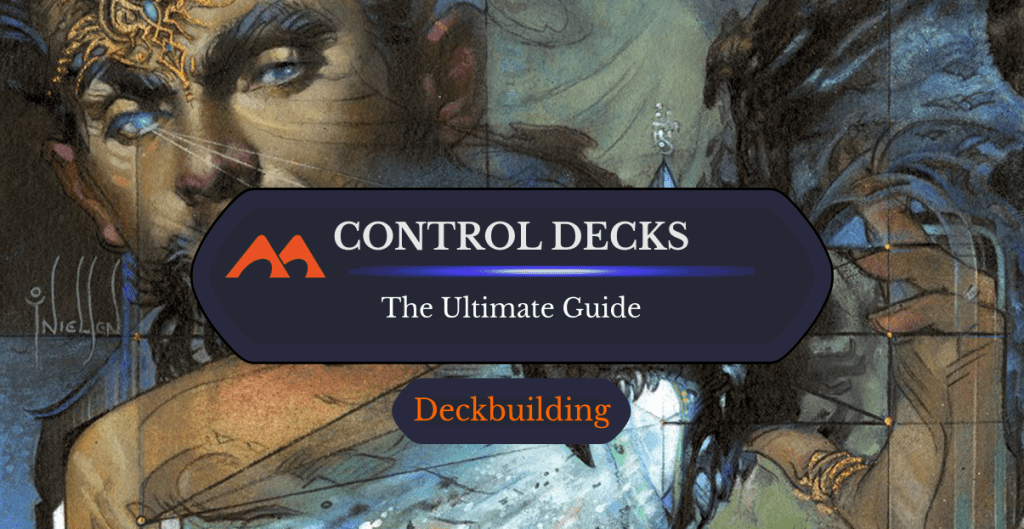
Control Magic | Illustration by Terese Nielsen
Magic is a game with diverse decks and numerous strategies across multiple formats. If there’s a way you want to play the game, there’s probably a format that supports whatever strategy you love.
Archetypes help you pick out your deck. Many Magic decks are categorized into four major archetypes that dictate how the deck plays and wants to win: aggro, midrange, control, and combo. Today, I’m diving deep into what makes control decks work, how to build and play them, and even how to beat them.
What Is a Control Deck Exactly?
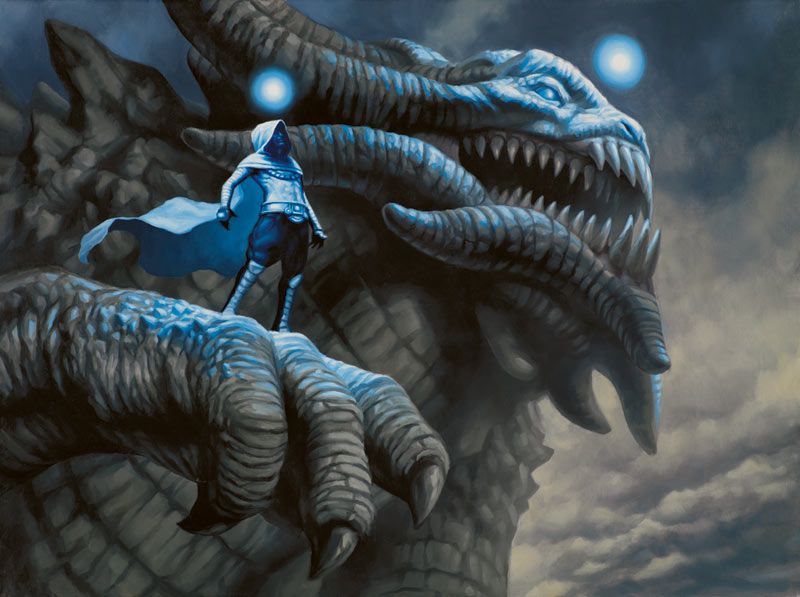
Mind Control | Illustration by Ryan Pancoast
Control decks look to win the longest game possible. They aren’t interested in pressuring the opponent in the early or mid-game. They want to stop any pressure their opponents might apply in those turns and win at their leisure once they’re controlling the game.
You’ll find that control decks are often blue with another color or two. These additional colors add game-ending threats and removal spells blue doesn’t have access to. Some control decks may accent their blue countermagic and card draw with cards like Obliterating Bolt and Niv-Mizzet, Parun.
The biggest distinction between control and other archetypes is that it wants to control the tempo and win the late game. It’s got high numbers of cheap interaction to help slow down more aggressive decks, keeping attackers off the battlefield while going over the top of them with threats like Hullbreaker Horror or Teferi, Hero of Dominaria or even Shark Typhoon depending on the format.
Elements of a Control Deck
Lands
Let’s get the small one out of the way first. You’ll notice that many control decks run more lands than aggro or some midrange strategies. It’s common for control decks to run 25 or more lands in a 60-card deck. They play so many more lands because they have expensive haymakers and want to hold up a bunch of mana on their opponent’s turns. Missing land drops can mess up a control deck’s strategy. Flooding isn’t as bad for a control deck as it is for something like Red Deck Wins since control decks play enough card draw and X-for-ones like board wipes to catch up.
Control decks don’t have any problem playing some tap lands. It’s perfectly normal for a control deck to hold a counterspell while playing tapped lands like Tranquil Cove, Irrigated Farmland or Temple of Enlightenment, while not being interested in playing that many Adarkar Wastes or Seachrome Coasts. While aggressive decks would like more copies of fast lands, control decks usually prefer a small amount of these and a higher amount of lands that mitigate flooding.
Counterspells
Counterspells are arguably one of the most notable features of control decks. Who hasn’t played against a control deck and felt they couldn’t resolve a single spell? Control decks often lean harder on cheaper counterspells and hard counters where available. You want counterspells that are relevant at as many points in the game as possible. Some control decks also run a few copies of a larger, more impactful counterspells like Cryptic Command or Mystic Confluence for extra value, but a deck with too many of these large counterspells leaves you without early interaction.
Removal
Counterspells aren’t the only interaction control decks play. You need other sources of cheap interaction to stop early plays from your opponent. This is often where the additional, non-blue colors come in. Control decks can find a robust selection of removal spells like Swords to Plowshares, Infernal Grasp, and Lightning Bolt by dipping outside of blue. You’ll almost always want these reactive spells to be instant speed to help hold up countermagic.
Board Wipes
Arguably a subsection of removal, board wipes are important enough to mention separately. Using countermagic and spot removal to just trade one-for-one with all your opponent’s spells may not be enough. It doesn’t work if they have access to card advantage of their own or if you took a mulligan or any number of things happen. Board wipes like Supreme Verdict, Decree of Pain and Damnation give control decks an easy way to reset the board that often takes out multiple threats with one card. Like the expensive counterspells, you can’t have too many of these; you can’t just give your opponent free rein on the first three or four turns of the game before you fire off your board wipe.
By playing a sweeper on your opponents’ early threats you’ve recovered the tempo lost by not doing anything on the first few turns. Sweepers can be very cheap like Anger of the Gods or Pyroclasm, or they can be on the expensive side like Sunfall and Farewell.
Card Draw
Good card draw is one of the most important elements of a control deck. The best way to win the long game is with more card advantage than your opponent. It lets your interaction outstrip their threats, it lets you make the land drops you need to play a massive threat and still hold up a bit of countermagic, and it’s one of the strongest game actions you can take in Magic. Instant-speed card draw is always welcome in the form of spells like Memory Deluge or Behold the Multiverse. You can also get card advantage from your threats, as many Pioneer decks do with Narset, Parter of Veils and Teferi, Hero of Dominaria.
Threats
The last puzzle piece is the game-winning bombs. These are cards like Teferi, Hero of Dominaria, Dream Trawler, Hullbreaker Horror, or Niv-Mizzet, Parun. These are cards that are often massively impactful and hard to interact with, the kind of card that wins you the game on its own if you get to untap with it. Having threats that are hard to interact with helps offset the fact that they’re so expensive and makes it more likely you can untap with them. Control decks won’t be as threat-dense as aggro or midrange decks since they have all the time in the world to draw into them. They’re more concerned with a critical mass of interaction to allow them to reach a board state where they can play a late Hullbreaker Horror and end things in a few turns.
Occasionally, you can play a sub-archetype known as combo-control. These control decks use a combo finisher, often a two-card combo. The most infamous of these is the classic Splinter Twin combo that wins by using the titular enchantment to make infinite hasty copies of Deceiver Exarch or Pestermite. Other versions of this archetype include Jeskai Copycat from Aether Revolt Standard and Inverter Combo in Pioneer. These decks tend to play a little differently. They don’t need to control the game as hard since they can win on the turn of a dime, enabling a more proactive control variant.
Another variant is Ramp-Control. These usually add green to the mix and want enough mana to resolve a key expensive spell, with a recent example being the Sultai Emergent Ultimatum Standard deck. After resolving the spell, players would proceed to tutor high value cards that often win the game in conjunction with each other, like Professor Onyx, Liliana, Dreadhorde General, Vorinclex, Monstrous Raider or Alrund's Epiphany.
Tooth and Nail decks are another example from MTG's past, which often resolved a 9-mana Tooth and Nail to put Darksteel Colossus and Platinum Angel into play.
How to Play Control Decks
Get a Good Opener
Sounds easy, right? You need to know what you’re looking for. First and foremost, lands! Making land drops is incredibly crucial to playing a control deck. You want to make three or four land drops from the opening hand unless you’ve got a load of cheap card draw to find some. Even then, lands are important.
You’ll also need some interactive spells. This can be a mixture of counterspells and spot removal. You want a few ways to stop early aggression so that you still do something with your early mana. Even if your opponent never plays a spell worth countering or killing in those opening turns, you want to have the option.
Card draw and threats aren’t strictly necessary in the opener. They’re not bad, but a hand with enough interaction often buys you enough time to draw one. Hands with too many of these spells are worth throwing back. If your opening hand has three Hullbreaker Horrors and three lands, you’re never doing anything. Likewise, a hand that’s all card draw won’t impact the board fast enough to stabilize you. You are, first and foremost, a reactive deck. You need ways to react to your opponent’s spells or they’ll just overrun you.
Most control decks are 3+ color decks, like Esper and Jeskai. You’ll usually want to have all three colors accessible right from your opener. An opening hand with a Ketria Triome and a Glacial Fortress is so much better than a hand with an Island and a Plains, or something like a Glacial Fortress and an Isolated Chapel.
Have a Gameplan
Having a concrete game plan is vital for any archetype, but especially control. It’s not just counter or kill everything your opponent plays (although some games go like that). You need to think about how you’re using your mana in the oncoming turns.
For example, let’s say you’re playing control in Pioneer. You have the cards to play a turn-4 Supreme Verdict into a turn-5 Teferi, Hero of Dominaria. Since you’ll tap out on those turns, you may want to use your Absorb on turn 3 to use your mana every turn since it’ll be a while until you can hold it up. This might not be true for a Make Disappear you can hold up with Teferi untapping lands. Or maybe you don’t think there’ll be a relevant threat that the Verdict won’t take care of before then, so you hold it.
Any of these choices is fine! The best option depends on lots of information I can’t provide in a simple example. The important part is that all those gameplay trees had a defined plan – maximize mana efficiency, maximize the impact of the Supreme Verdict, or plan even further ahead.
The game plan prevents you from hitting awkward turns when you don’t know what to do and aren’t sure how to spend the mana. Understanding the best way to spend your mana gives you a strong plan and lets you better react to what your opponent is doing. Once you know what you’re doing, you’ll understand how best to react to what they’re doing.
One of the first lessons I’ve learned when playing control decks is counter what you can’t kill. In control decks you’ll usually have a lot of different instant speed interaction, so you’ll usually Negate what can be countered, or Doom Blade what can be killed, and so on. When you know what deck your opponent's playing, it’s easier to see how your answers will align with their threats, and this way you’ll have a game plan.
Understand Your Win Condition
Once upon a time, the win condition of control was two copies of Elixir of Immortality. The deck would loop the two Elixirs until their opponent milled themselves out because you always had a full deck when they ran out of spells. That’s one way for a control deck to win.
Some control decks play a haymaker that turns the game on its head, and they go from a reactive deck to a proactive one. You’ll see this most often in decks with creatures as their top end, like Hullbreaker Horror or Niv-Mizzet, Parun. These decks turn the game on its head, closing things out in a few turns with value and combat damage.
You’ll play both decks differently to account for how you want to win the game. They both share inevitability but in distinctly separate forms. Understanding how you’ll win informs how you want to control the game. For example, a control deck topped by Hullbreaker Horror might let a few smaller creatures, especially tokens, run around unchecked since you can control the board with the Horror. If instead you're looking to ultimate a Teferi, Hero of Dominaria and continually tuck it to win the game, you'll want absolute control.
Combo-control looks different since you’re just trying to find the breathing room to establish your combo. Splinter Twin doesn’t need to win on turn 30 (although it can); it just needs to hit a point where it can comfortably curve Pestermite into Splinter Twin for an easy win.
How to Build Control Decks
Find Your Interaction
Interaction is one of, if not the most important components of a control deck. This often comes in the form of efficient countermagic like Mana Leak or Make Disappear and cheap kill spells like Doom Blade and Path to Exile.
Even if there’s no instant speed interaction, there are some variants of control called tap-out control that control the board with sorceries and enchantments, often using planeswalkers and board wipes to keep control of the board and establish threats.
You need a solid base of interaction. Otherwise, you'll lack the fundamental elements to actually control anything. You’ll get overrun by decks applying early and consistent pressure and just die with a bunch of big threats in hand. In some formats, the best thing a control deck can do is lean into a more controlling midrange deck and use some early threats to help stabilize itself.
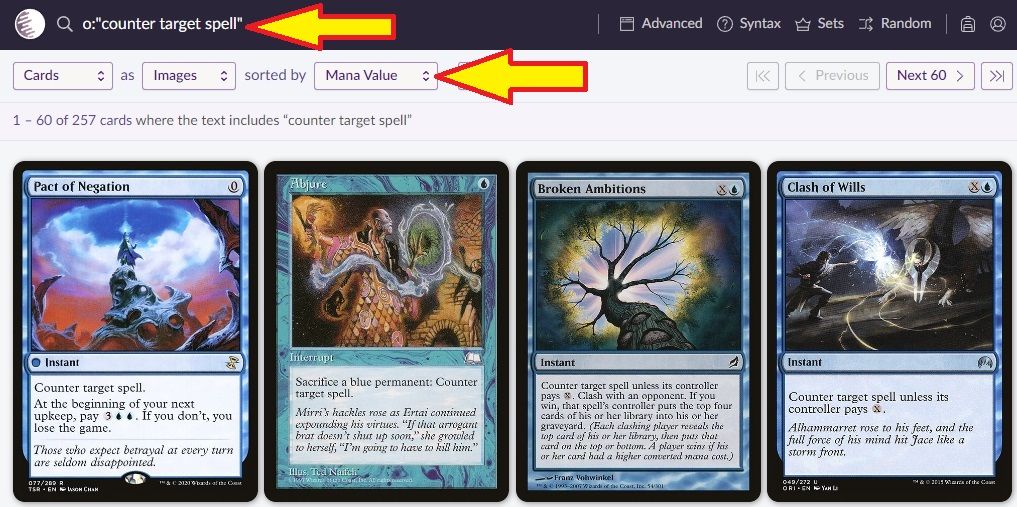
Look at the format you want to play and look at the interactive tools available. I’d recommend using Scryfall. Some useful terms to search for include: destroy creature, exile creature, counter target spell, destroy all creatures, and exile all creatures. Also, filter your search results to cards with a mana value of 3 or lower. Control decks have room for some more expensive interactive pieces, but if all the good options cost 4 mana and up, the deck becomes too clunky to function well.
Understand What You’re Fighting Against
The decks your trying to beat will also determine what interaction works in your format. For example, if there’s little to no aggro in your meta and it’s all midrange grind fests with planeswalkers, you might be able to get away without small board wipes like Anger of the Gods that are only effective against decks going wide with small creatures.
On the other hand, if your meta is all white weenies and elfball, those small wraths are incredibly useful disruptive tools to set them back before those decks can get ahead. In a meta where both these strategies are present, you’ll need to find a balance.
Understanding your meta gives your control deck a fair shot. If your deck is loaded with Temporary Lockdowns and Anger of the Gods against those decks that are going bigger, you'll have a ton of dead draws in those matchups and make winning harder. You can’t answer everything, especially in formats with deep card pools like Modern and Legacy, but you need to give yourself a fighting chance.
Figure Out Your Win Condition
We all need a way to win, even if that's simply “Don’t lose.” By the way, that's a completely legitimate win condition, regardless of what the control haters tell you. As I said, this helps determine the kind of control deck you’re playing and the disruptive tools at your disposal. It’s also important to help determine your color combinations. One reason to play a 3-color control deck is that the best interactive spells are in one color or color pair and the best threats for your deck lie in another.
It also determines how you build your control deck. A general, draw-go control deck is happy with sheer card draw from things like Glimmer of Genius and Hieroglyphic Illumination. A combo-control deck may want more precise card advantage spells like Ponder and Serum Visions that don’t give as much raw card draw, but greater control over what’s getting drawn to help find specific pieces.
Get Card Advantage
This is another vital piece of control decks, right after threats. What are your card advantage options? This is another reason to look at playing multiple colors, if the mana supports it, of course. This also ties back into your interactive suite. If all the good card draw is at sorcery speed like Night's Whisper and Sign in Blood, that makes countermagic a bit more awkward and could mean you want to lean towards a tap-out control build.
If all your card advantage is the precise kind with cantrips, this means you can still play control in that format. It just means you may want to build a little differently since you can’t rely on casting several draw spells that bury your opponents in card advantage. These kinds of draw spells often lead to greater control of what you draw, exchanging quantity for quality, which is a powerful exchange.
Build Your Mana Base
Your mana base is incredibly important. As discussed, making land drops is key. You’ll be running lots of lands, but you also need to ask a critical question: Can the mana base of my format support the colors I want to play?
This is generally an important question for formats with smaller card pools like Standard and Pioneer. It’s easy to rummage through a search engine like Scryfall and pick only the best spells, then find yourself with a 3- or 4-color pile of cards. If the format you’re playing doesn’t have the mana to support such a deck, don’t do it. It won’t work nearly as often as you’d like. You’ll lose games to mana screw.
It’s better to make a few concessions in card quality and always get to cast your spells than to try and play everything and just pray your mana base works. If the latter was a good strategy, every format would be filled with 5-color piles at the top of every tournament.
With that out of the way, there are a few other things to consider. Firstly, what kinds of value lands are available? Not every format has these, but control decks can often find lots of value in their land base. Cards like Hall of Storm Giants and Castle Ardenvale can serve as win conditions that avoid conventional removal spells. Some control decks can leverage lands like Demolition Field and Field of Ruin to punish opponents on a greedy mana base. Also, if these are available in your format, keep them in mind and play some basics so you don’t get punished.
You’ll also need to consider the colored mana you need to pay. Some control decks have pretty intensive costs. For example, a control deck playing spells like Cryptic Command or Archmage's Charm wants as many lands that tap for as possible. This is another mana constraint to consider when you select interaction as well. It’s incredibly hard for a mana base to support casting spells like Cryptic Command and Invoke Despair in one deck because they require so many colored pips. You’ll often end up playing these cards off-curve, if at all.
Build Your Sideboard
Building a sideboard is tricky. This is another point where understanding your meta is important. Sideboard cards are your silver bullets in matchups. Is there an aggro deck? You’ll need some of those early wraths we were talking about. In a midrange-heavy meta, a control deck might want to bring in a couple of threats like Thief of Sanity or Chandra, Torch of Defiance to help up their threat density.
Sideboard cards can get even more specific. Are there enough red or green decks to want a spell like Change the Equation? If there’s a heavy share of white creature decks, you might want something efficient like Fry or Lithomantic Barrage.
Are there enough blue decks to warrant Mystical Dispute? You also need to consider how you’ll beat cards that the opposing decks sideboard in against you like Thrun, the Last Troll or planeswalkers. This is incredibly meta-dependent and something that you’ll likely change over time to adapt to the meta, even if your main deck stays relatively the same.
This is a little guideline that you can easily apply to formats like Standard / Pioneer:
- Against red aggro: You’ll usually want cheap removal with lifegain because they’ll want to burn you.
- Against white weenie: You’ll want cheap removal and small wraths (think Pyroclasm, Anger of the Gods, Infest).
- Against blue control/tempo: You’ll want cards like Mystical Dispute, Duress and counterspells that can’t be countered, like Dovin's Veto.
- Against midrange: You'll want threats like planeswalkers and more card draw.
- Against linear/kindred decks: You'll want more removal and sweepers to disrupt what they’re trying to build.
- Against combo: You'll want cheap interaction, like the old Duress/Negate, and usually less removal/sweepers.
Do Your Research
My final bit of advice for building a control deck is to research other successful control decks in the format. You don’t need to net deck if you don’t want to, but it’s important to understand what’s working. Decks don’t win MTGO format challenges or PTQs by accident. They win because they’re doing something right.
Researching the control decks in your format of choice helps illustrate what goes right, and which tools are useful for the meta. You can reverse engineer that to understand what other decks in the meta are doing. All those control lists run Temporary Lockdown? Perhaps your control list wants an Anger of the Gods to fulfill a similar role because something about the Lockdown worked.
Perhaps the best thing you can glean from examining other deck lists is what sideboard cards are working. I can’t stress enough how much having a good sideboard matters when playing Best-of-Three. If you don’t have a good sideboard plan, you’ll keep running your main board into opponents who get to tune their list to beat yours. It won’t be easy to win under those circumstances.
You can also research past control decks. Magic has changed over time, but some of the core fundamentals still stand the test of time, including how the archetypes work. Examining the Splinter Twin deck that won Pro Tour Fate Reforged might spark inspiration on how to innovate with your Modern control list.
Control Decks on MTG Arena
There are plenty of control decks you can play on MTG Arena! First and foremost, you can draft control to your heart’s content.
There are also plenty of controlling decks to be played in Arena’s various Constructed formats. Standard has lots of great interaction right now, while formats like Historic have access to amazing win conditions like Shark Typhoon, Jace, Wielder of Mysteries and Approach of the Second Sun.
As I’ve mentioned, keeping track of the meta is important for control decks so they can understand what they’re fighting against and make sure they’re using the best control cards available. Arena Tutor’s metagame explorer is great for research purposes! The tool compiles the best decks in the format so you can easily see what’s winning and find plenty of exciting new deck ideas.
Are Control Decks Good?
Control decks can be very, very strong. Like any strategy, they can also be pretty weak. The strength of a control deck is relative to the tools available in the format and the decks seeing play in the meta.
I’ve called cheap interaction and good sources of card advantage the backbone of control decks, and I stand by that. If your format doesn’t have those elements, playing a control deck is hard. It’s not literally impossible, but you may be best suited to finding a very controlling midrange list rather than hard control.
The rest of the meta is a bit trickier to account for. Aggressive decks tend to be very good against control because they can slip under the control deck’s defenses before the board can stabilize and finish things off with burn. Aggressive decks with a good late game, like Ramunap Red back in Dominaria Standard, can be especially hard to deal with.
Fast combo decks can also be tricky, especially in game one since they can ignore most of your interaction and just go off through a little disruption. Planeswalker-heavy decks can also be hard to deal with since planeswalkers are generally just hard for control decks to answer as a threat that generates tons of value each turn.
Metas filled with decks that are just hard to interact with can be tough to manage. A Bogles deck shrugs off most spot removal and, with a little foresight, can navigate wraths pretty well with totem armor or other protective spells. Sometimes the meta is just hostile to control, in which case you can do one of three things: Try to innovate and make your control deck work with the meta, play something else until the meta shifts in your favor, or accept that your deck isn’t favored at the moment and do the best you can. Note that metas shift; just because the current meta may be hostile to control decks doesn’t mean it always will be. New cards will be printed, somebody could find a hidden gem of a sideboard card in the depths of last year's set, or any number of other things can happen to make control more viable.
What Makes the Best Control Deck?
The meta is what makes for the best control deck. Incredible interaction and card draw, a couple of sticky threats that are hard to beat, and the mana to support it all create the perfect storm for an incredible control deck.
If you don’t have all of that, I’d say the interaction and card draw is the most important. Control decks can make do with tons of different win conditions if they control the game. If you have the tools to reliably reach the late game, you can find a planeswalker or something to close the game with.
Alternate win conditions can also make for a great control deck, especially if you can find a combo win to go in a combo-control deck. There’s a reason Splinter Twin is banned in Modern and Inverter of Truth is banned in Pioneer, but Teferi, Hero of Dominaria and Approach of the Second Sun remain free.
Arguably, the best way to win with control is with combo control. These decks don’t need to control the game for nearly as long since they can close the door at a moment’s notice with a combo finish. This lets them play a more proactive game plan to balance control’s reactiveness, which is especially useful in metas where a more traditional control deck would be too slow.
What's the Difference Between Control and Midrange?
In terms of speed, midrange is a little slower than aggressive decks and a little faster than control decks. Midrange wants to be a little bit bigger than the aggressive decks, while hopefully having the tools to pressure control decks and sometimes even grind them out in the late game. Midrange usually plays to the board proactively, and cast spells in the 3-6 mana value range.
A good example of a midrange deck is the actual Rakdos Midrange deck that sees play in Explorer/Pioneer, playing cards like Thoughtseize, Liliana of the Veil, Sheoldred, the Apocalypse and Fable of the Mirror-Breaker. Control on the other hand usually plays a more reactive game, countering key spells or removing key threats.
How Do You Beat a Control Deck?
Knowing how to beat a control deck is as important for control players as it is for everybody else. Knowing how other players plan to beat your deck is important to understanding how to combat that strategy.
Put on the pressure when you can. The best way to beat a control deck, especially in the first game before sideboarding, is to take them out before they take control. Pressuring the board is simple; throw what you can at their life total. Sometimes, you can afford to ignore planeswalkers. This won’t always be the case, but there are times when it's better to pressure their life total than it is to spend three turns attacking down a planeswalker that effectively gains them a bunch of life because you’re sending your pressure there.
Pressure Their Mana
It’s also important to pressure their mana. One way to do this is to understand when they want to cast spells. For example, say the control deck in your meta uses a 4-mana instant as their primary card draw engine – something like Memory Deluge. Casting a spell into their open mana on turn 4 is a great way to pressure their mana. If they counter the card you’re playing, they can’t draw cards. If they draw cards, then they have to deal with an additional resolved threat.
You can also try and get them to spend mana on their turn. This leaves them tapped out so you can resolve threats. This is tricky for some decks to do, but the best way to go about this is by casting spells on your opponent’s turn. Interactive spells and card draw put the control player in another tricky spot. If they counter the spell you cast on their turn, you’ll have a window to resolve a threat. If they let your instant resolve, you may not cast anything into their open mana, so they’ve let you get away with casting spells for free and have nothing to show for it.
Bait Out Spells
Baiting out your opponent’s spells is also important. You’ll always know what your most important cards are, so see if you can bait your opponents to cast removal on cards you don’t care about. This is especially important against countermagic. The best way to bait counterspells is by waiting until you have the mana to play two important cards.
Let’s say Wedding Announcement is the card you really want to resolve, and you have The Restoration of Eiganjo you wouldn’t mind having either. Play the less important one first, in this case Restoration. If your opponent counters it, you can go for the Wedding Announcement. If they let your saga resolve, you can either guess they don’t have countermagic and go for the second enchantment, or simply be content with having resolved one important spell. Even if they have the counterspell when you try to cast the Announcement, you’ve already resolved Restoration, so you’re not in the worst spot.
Play Around Board Wipes
Baiting out board wipes is another trick to apply. If you’re afraid of a board wipe, don’t just dump your hand into play. Keep your threats restrained, just a couple at a time. Sometimes your opponent will cast the board wipe and unless you have hand disruption or countermagic, you can’t do anything about it. The trick is to make them cast it in a bad spot. Keeping a few strong threats in play forces your opponent to use the board wipe as a measly two-for-one or so, leaving you with more creatures to play after.
Think of it like this. The ideal scenario for the control deck is to use their Supreme Verdict to kill all five or six creatures you’ve drawn for a complete blowout. The best scenario for you is for one creature to put so much pressure on the opponent that they have to use the board wipe as an inefficient, slow one-for-one trade to take out that creature. Do everything you can to create your ideal scenario while denying your opponent’s.
Sometimes you won't be able to play around your opponent's spells. There are games when your best chance is to throw your hand at the board and hope they don't have it, playing to win rather than playing not to lose. Sometimes they'll have it; sometimes they won't.
Sideboarding Against Control
Let’s consider sideboarding against control. You’ll broadly want to take out ineffective removal spells in favor of sticky threats and cards that represent lots of value that'll be hard for the control deck to deal with. Planeswalkers are a great option; these are especially useful in the sideboard of aggressive decks because post-board games are a little slower anyway and it helps counteract the fact that your opponent brings in more cheap interaction and small board wipes.
Sticky Threats and Disruption
Sticky threats are also useful. Cards like Mosswood Dreadknight and Tenacious Underdog are great to bring in against control since far less removal is effective against these cards. Or you can consider a card advantage engine like Phyrexian Arena that'll out-draw your opponent if it resolves.
You can also bring in relevant interaction. Hand disruption like Duress and Thoughtseize can be incredibly useful against control decks. Not only does it give non-blue decks a way to interact with countermagic, but knowing what’s in their hand lets you map out your game plan by knowing exactly what cards you need to play around and what they need to draw.
Some decks can also bring in countermagic like Negate and Dispel to help fight counter wars and provide additional protection for their threats on top of savvy play.
Are Control Decks Always Counterspell Decks?
Control decks aren’t always counterspell decks. Control decks that don’t rely on countermagic are called tap-out control because they’re more willing to tap all their mana on their turn to play at sorcery speed.
This kind of control deck often leans harder on enchantments and board wipes for removal and typically deploys planeswalkers for threats. They also run a higher creature count; one of the biggest reasons draw-go control decks don’t play creatures is that it’s harder to hold up countermagic when playing creatures in your main phase.
Whether you want to play draw-go control or tap-out control depends on the cards available. It’s easy to play draw-go in a format with cheap counterspells, instant-speed card draw, and interaction. If all your interaction and card draw is sorcery speed, it may be better to forgo counterspells altogether to avoid the tension of holding Counterspell and Read the Bones.
Cyclonic Rift has become a mainstay in EDH blue decks thanks to the fact that if you overload it, you’ll undo all the other boards but yours. A real 7-mana panic button. Farewell is also in that category, giving you control over what does and does not get exiled.
Is Control Viable in Commander?
Yes, though control looks a little different in Commander. Having a deck filled with one-for-ones works well in 1v1 formats, but it’s not nearly as good when you have three opponents. Don’t get me wrong: Countermagic is fantastic in Commander and necessary, especially as the format gets sleeker and more efficient with all the spells designed for EDH. But it’s not enough to deal with everybody at the table. Control decks in Commander benefit far more from board wipes than other control decks, plus Commander has some excellent answers designed for the format, like Windgrace's Judgment and Druid of Purification to help combat this.
If You Do Play Counterspells, How Many Should You Have?
I like having 10-12 counterspells in most of my control decks. You always want some in every game, but countermagic has some distinct weaknesses; namely, it doesn’t deal with resolved threats. That's why the balance of countermagic and removal is important for control decks; if you don’t have Essence Scatter or something up the turn your opponent jams a creature, you’ll need a way to remove it.
Control decks in Limited run far fewer counterspells, if any. Playing a control deck in Limited is more about having early creatures to block with and decent mid- to late-game removal. This isn’t to say counterspells are bad in Limited, but you can’t just get a deck that primarily plays at instant speed in Draft or Sealed the way you can in Constructed. It’s also usually worth holding your countermagic for later in the game to develop an early board presence and counter your opponent’s bomb rather than a stray 2/2.
For Commander, it’s important to have some countermagic to stop the powerful things everybody does. But Commander is a format that welcomes proactivity. If you have 30 counterspells in the deck, you’ll never advance your board and just annoy everybody else. I generally like five or six counterspells in my Commander decks in addition to permanent removal, unless I’m trying to do something like Baral, Chief of Compliance that wants me to run as many counters as possible.
How Many Creatures Should Be in a Control Deck?
Most control decks, especially the traditional blue varieties, run very few creatures. Some iterations of Control in Modern and Pioneer even run no creatures to companion Kaheera, the Orphanguard as an extra spell. Control decks with no creatures work because of win conditions like Teferi, Hero of Dominaria and Shark Typhoon.
When control decks do run creatures as finishers, they’re often large, hard to deal with, and impactful threats like Hullbreaker Horror or Niv-Mizzet, Parun. These aren’t cards to play early but to hold until you’re in control of the game and ready to end things.
Control decks often skimp on creatures to make more of your opponent’s cards unplayable. Decks packing a bunch of removal like Infernal Grasp and Cut Down often find those cards without targets, effectively making them dead draws. When playing planeswalker-heavy lists, it’s not uncommon to find your opponent passing with multiple kill spells that can’t find targets other than stray tokens.
Another reason to keep the creature count low is to clear the way for your removal. You don’t need early pressure in a control deck; you need spells like Counterspell and March of Otherworldly Light to stop your opponents from applying early pressure. Running a bunch of creatures also makes your board wipes way more awkward. Creatures and countermagic don’t mix well either, as most creatures ask you to tap out on your turn, while countermagic requires mana available on your opponent’s turn.
All this said, some control variants play some creatures in the sideboard. These are often efficient, high-impact threats like Thief of Sanity or Chrome Host Seedshark that spiral out of control when left unchecked. Control decks keep these cards in the sideboard because the first thing many opponents board out of their deck is all the cheap interactive spells that would punish these creatures.
The final note on creatures in control decks comes from Limited, which is an exception to the rule. Many Limited decks are more midrange than anything, with aggressive or controlling tendencies. You can’t get the critical mass of interactive spells and board wipes in Limited that a Constructed deck gets, so Limited control decks often run a bunch of small creatures that block well early, like Oracle of Tragedy and Dune Beetle to stop early aggression.
How Many Lands Should a Control Deck Have?
Usually, 60-card decks have something around 20-24 lands. Control decks should aim much higher, usually between 27-29 lands. When you’re playing against other control decks, the best thing you can do each turn is to play a land and pass. And against aggro decks, you’ll want to reach the 4-5 mana range as quickly as possible, so that you can wrath or start to close the door on your opponents. If you’re playing counterspells, being able to play two of them in a given turn is gold, and you can use the excess lands to draw cards later via Sphinx's Revelation or Memory Deluge.
How Do I Get Better at Playing Control?
Understand Your Meta
This is one of the biggest advantages to have when you’re playing a control deck. A basic grasp of what the meta decks in your format are doing and which cards are their key threats makes playing control far easier. For example, if you know that your Jund opponent is looking to jam threats you’ll struggle to deal with like Chandra, Torch of Defiance or Grief on turn 4, you’ll know that you need to save countermagic for that turn. Likewise, it helps you distinguish between early, must-kill enablers and cards that don’t matter.
Leverage Your Life Total
One of the earliest lessons new Magic players learn is that life is a resource, and you should use it as such. Taking damage isn’t the end of the world, especially when you have a full life total. Sometimes it’s worth it to take 3 or 4 extra damage to bait your opponent into playing more creatures into your Supreme Verdict. This can be a slippery slope, especially against aggro decks. One way to tell when you need to preserve your life total is by keeping track of the burn your opponent is likely to have. In a format where the aggro deck is playing Lightning Bolt or Lightning Strike, the difference between 3 life and 4 life is huge in determining if they need one 3-damage spell or another spell or turn to attack.
Be Patient
Control decks can reward patience better than any other archetype. For example, if you know that you’re casting a Supreme Verdict on turn 4 or 5, you probably hold your March of Otherworldly Light instead of using it to kill their 2- or 3-drops. This won’t always be appropriate, but if you can spare the life, you’ll kill everything they have with the board wipe and have a removal spell for whatever their next play is. Likewise, firing off all your interaction at anything your opponent plays may not be worthwhile unless you’ve got more removal. Against many decks, countering one small creature is the same as countering another, so try to preserve your interaction for relevant threats that would draw them cards or something else that would be harder to deal with. We have an explanation for how to beat counterspells, but the options are limited.
Patience also extends to playing your threats. Casting your bomb as soon as possible is tempting, but what if they remove it? What if tapping out for your Shark Typhoon gives them an opening to jam something even worse? Sometimes you'll have to jam your card and hope they don’t have it, but control decks can often afford to wait for a few turns to play their threat and hold up an interactive spell in the same turn.
It’s especially important to be patient in control vs control mirror matches. In this case you’ll usually have lots of dead removal spells in your hand, since your opponent won’t be playing many creatures. You’ll also have counterspells which won’t be doing much since your opponents won’t be casting that many spells. So both players will be playing draw-go for a time.
What'll usually happen is that one player will either cast an uncounterable threat – like Hullbreaker Horror – and use their counterspells to protect it, or wait until they have a good threat like Teferi, Hero of Dominaria and a bunch of mana and other counterspells to make sure it resolves. Manlands are usually important in these matchups, because they're a way to force your opponent to do something while you’re chipping at their life total. The Wandering Emperor is very nice here as well, because by casting it with flash you’ll force them to play a counterspell on their turn, potentially opening the way for you to resolve a strong spell on your turn, and so on. Winning the counter war in control mirrors is especially important, and one key turn can define the outcome of the match.
These are just a couple of tips to help improve your control gameplay. If you want to go even more in-depth on leveling up your skills as a control player, check out the Spikes Academy course from Corey Burkheart on how to master control decks across all formats!
Wrap Up
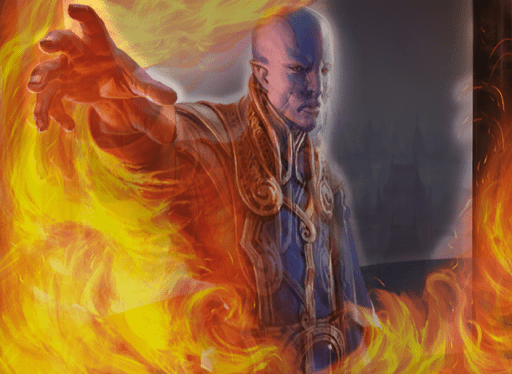
Dovin's Veto | Illustration by Izzy
Control decks are among my favorite archetypes to play. There’s something innately satisfying when it goes right, knowing that you’ve been in command of the game from turn 1, and had every answer and won with a strong game plan that ended with a massive monster.
Not every control deck is blue, but the strategy is fundamental one a blue player will enjoy, even if they’re playing a Mardu tap-out control variant. This strategy is for the players who want to build complex game plans and analyze large, long-reaching decision trees to figure out the best plays for the next five turns.
Have you ever played control decks? What’s your favorite archetype? Let me know in the comments or on the Draftsim Discord!
Stay safe, and remain in control!
Follow Draftsim for awesome articles and set updates: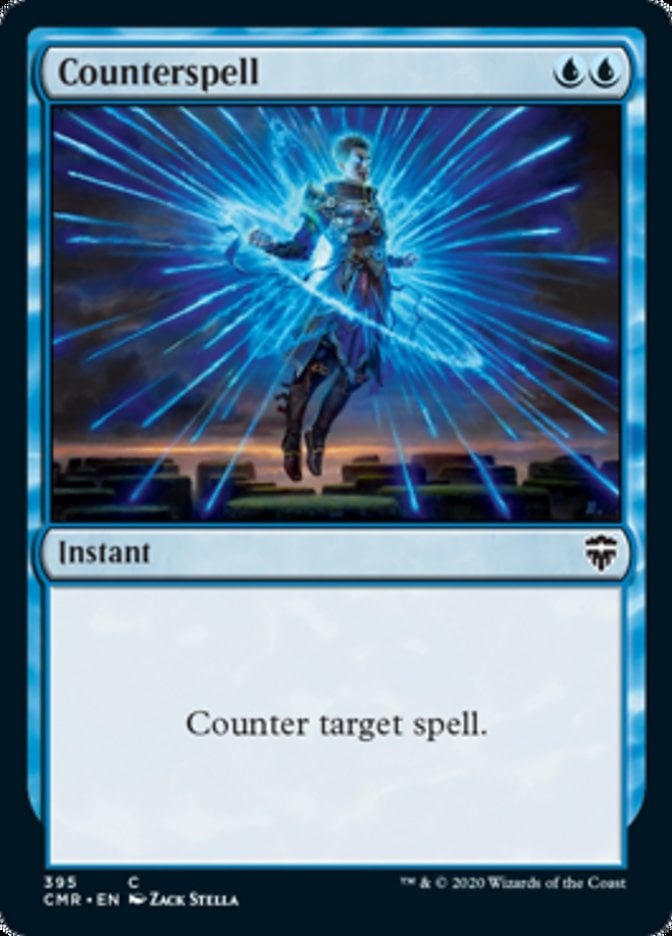
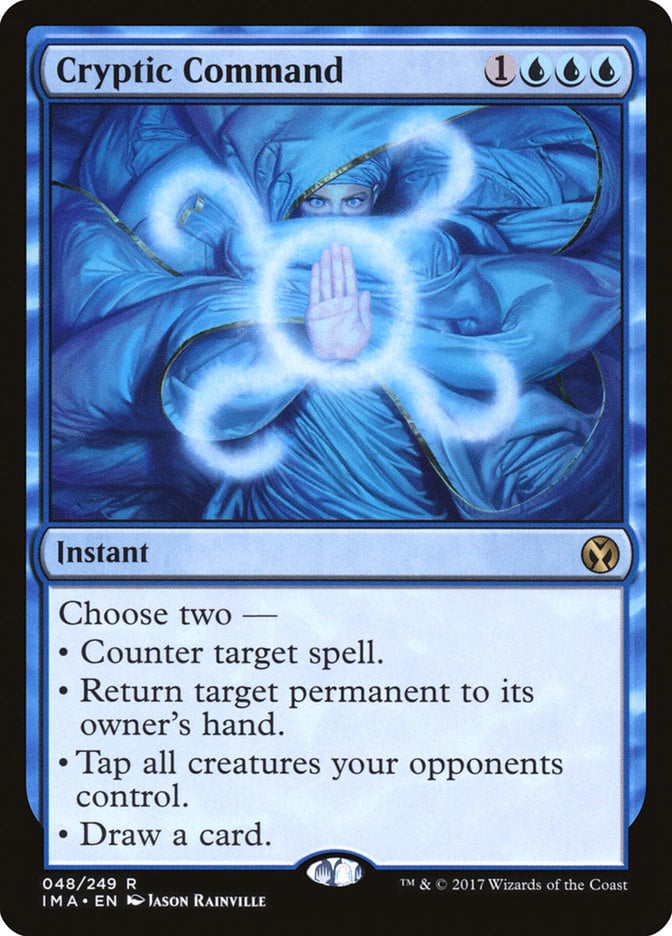
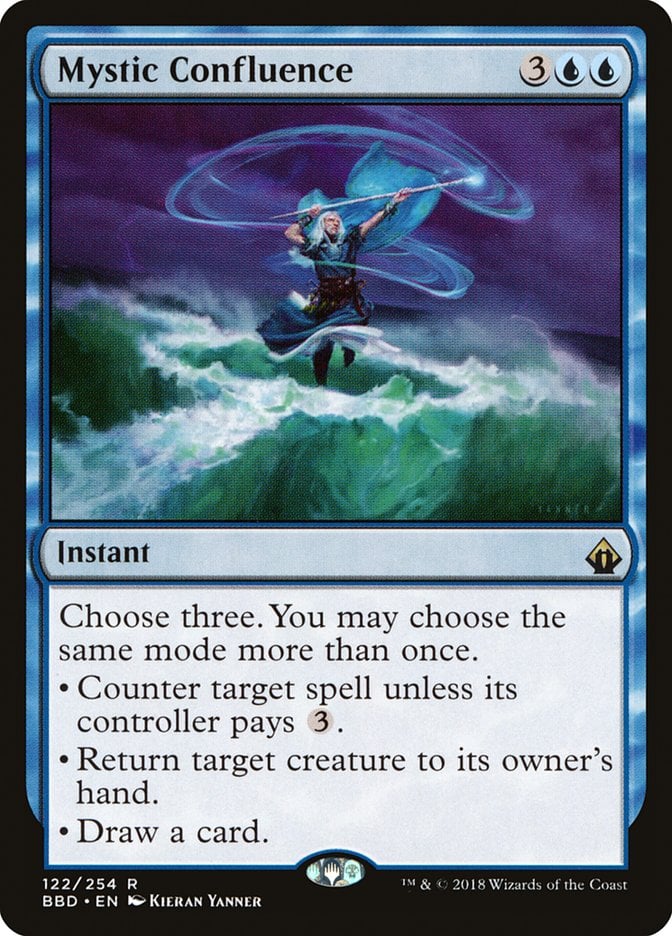
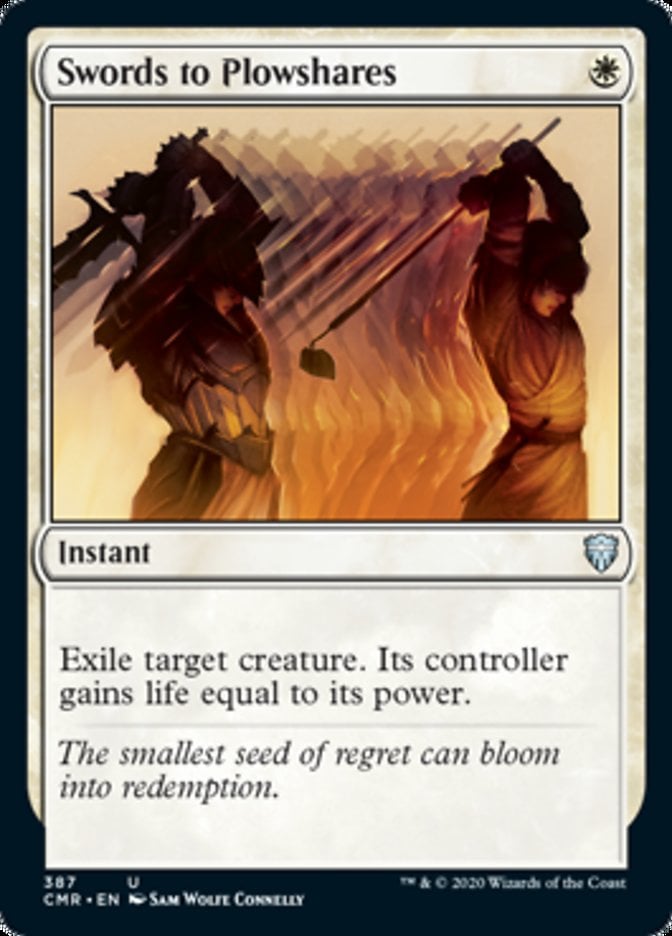
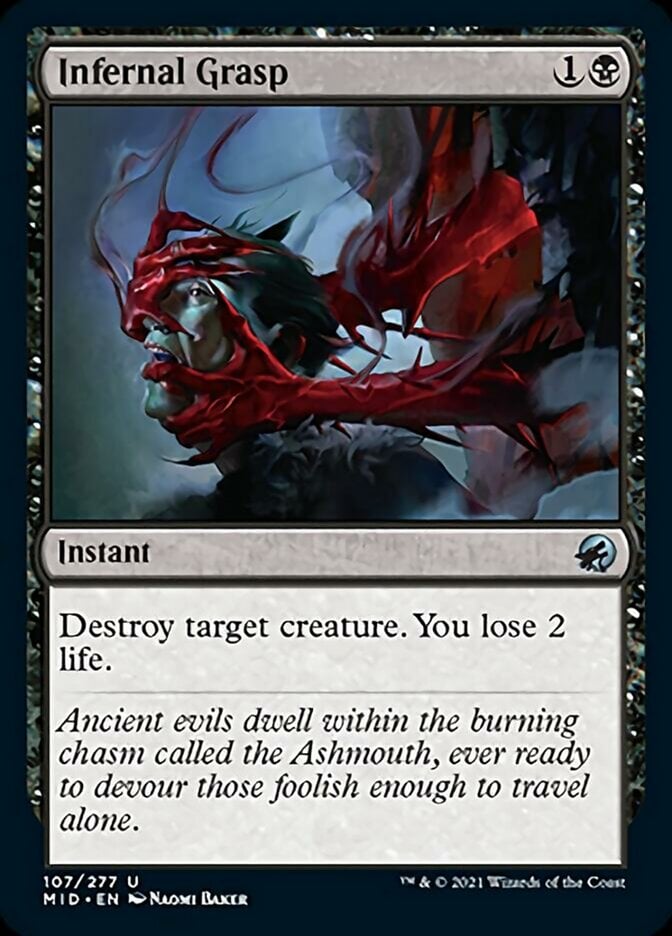
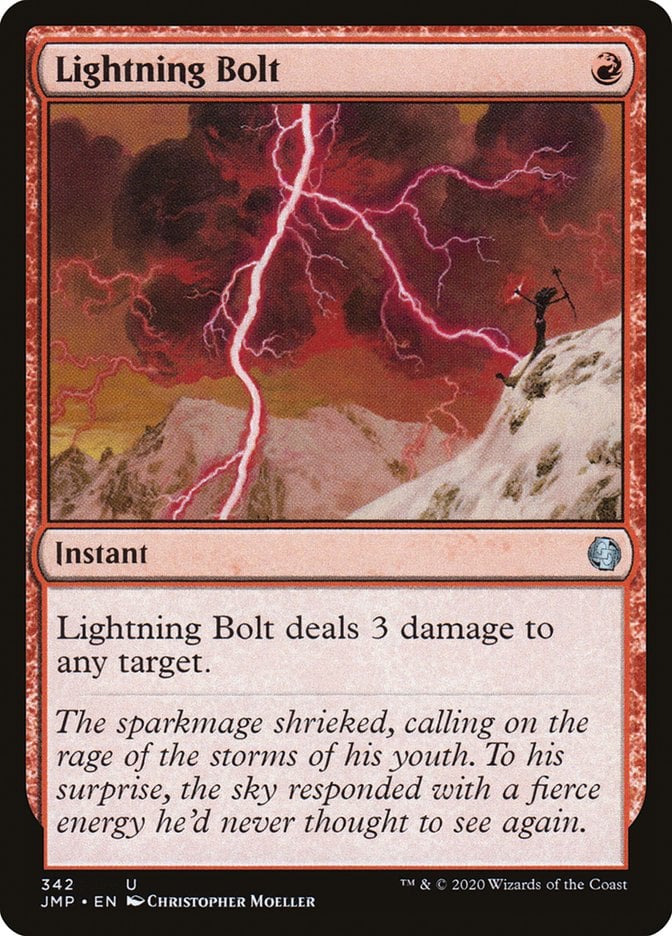

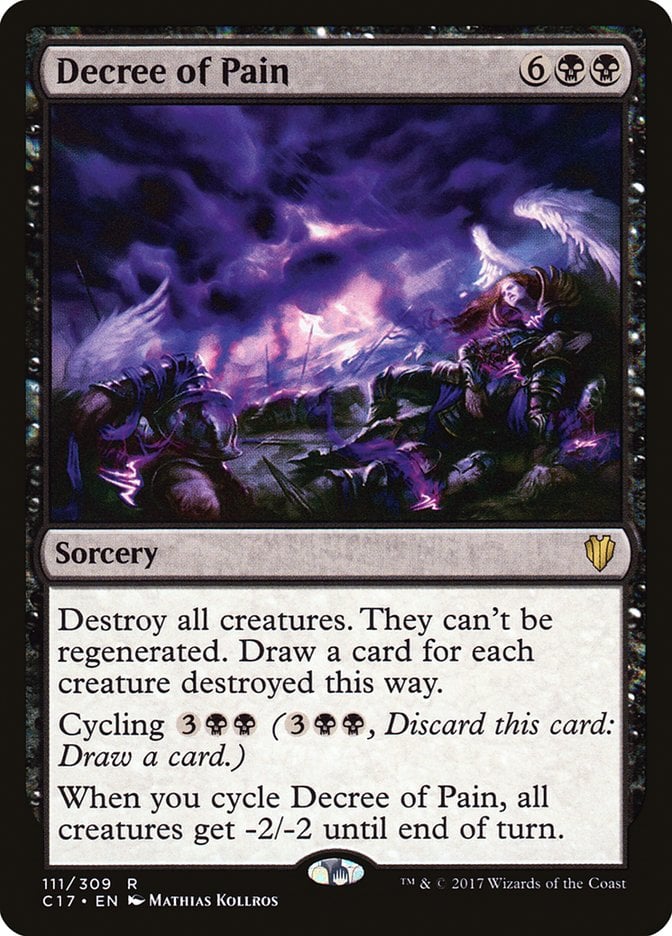

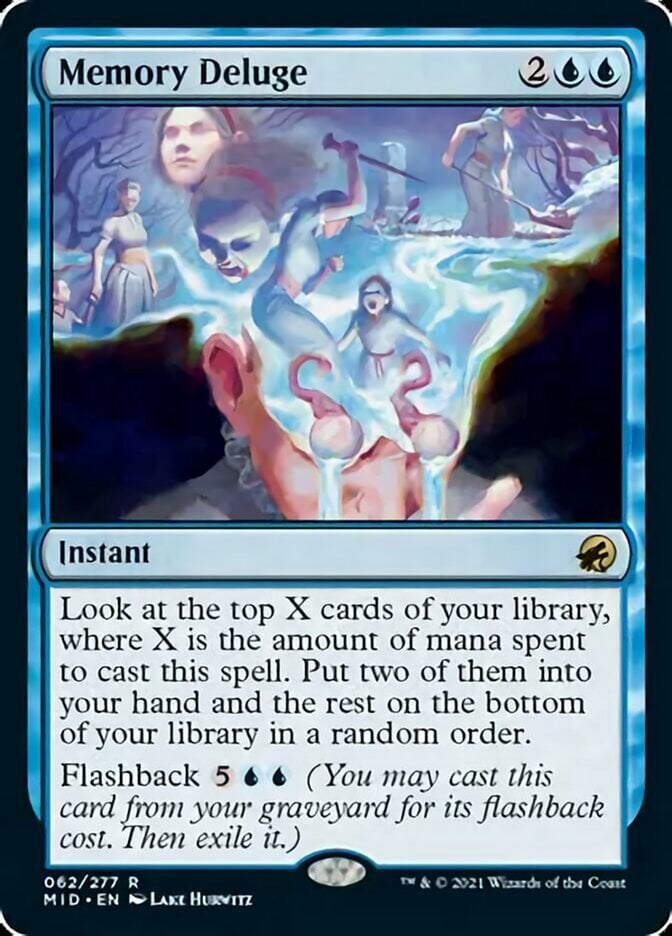
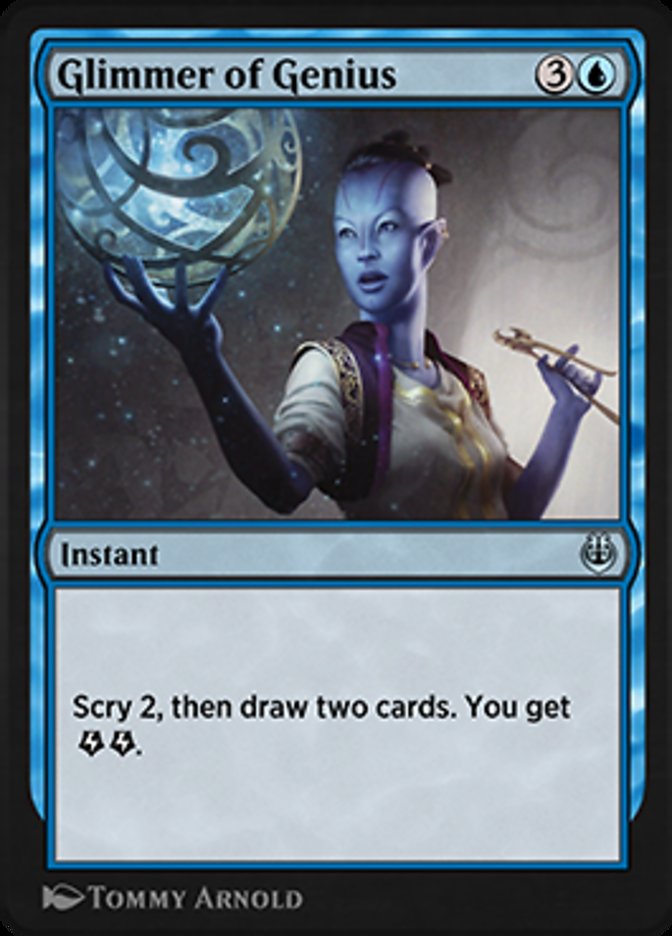
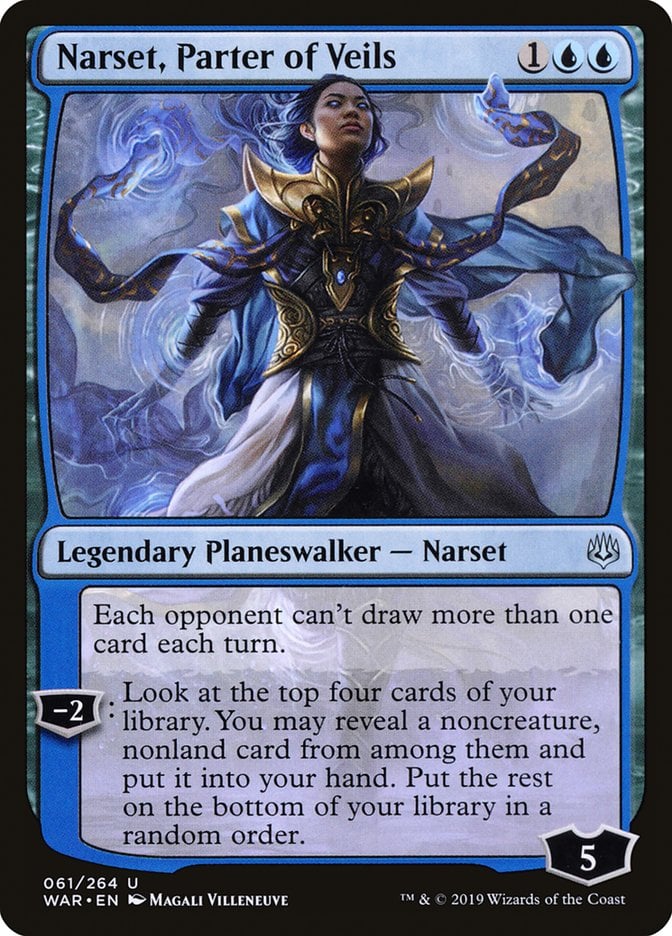
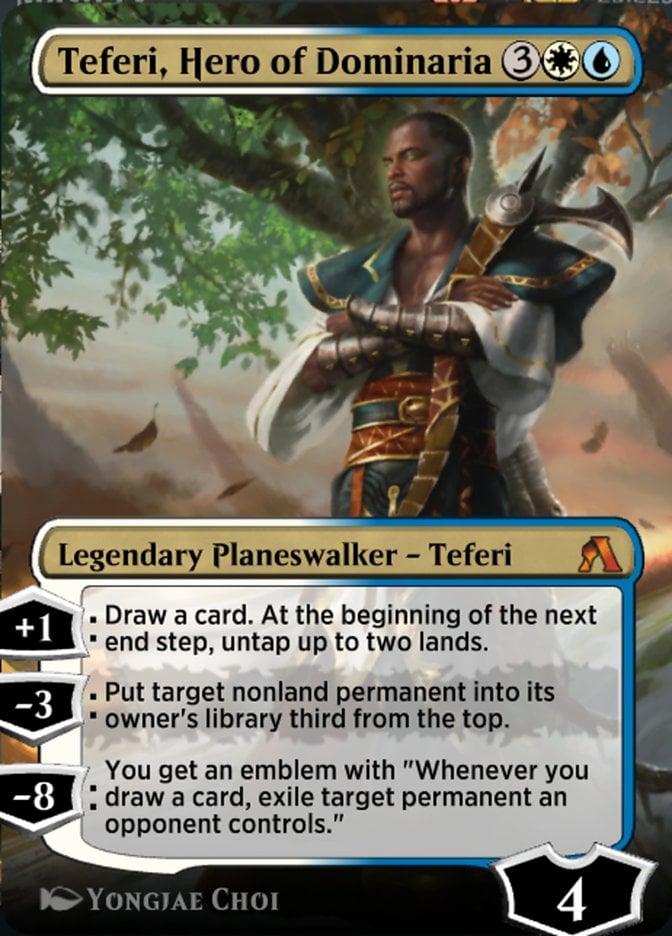
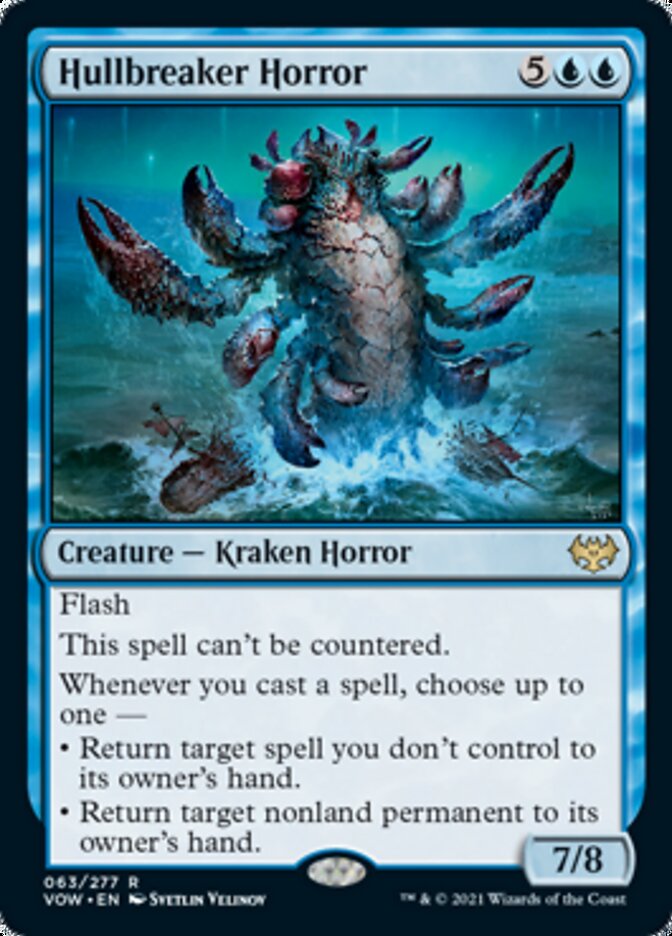
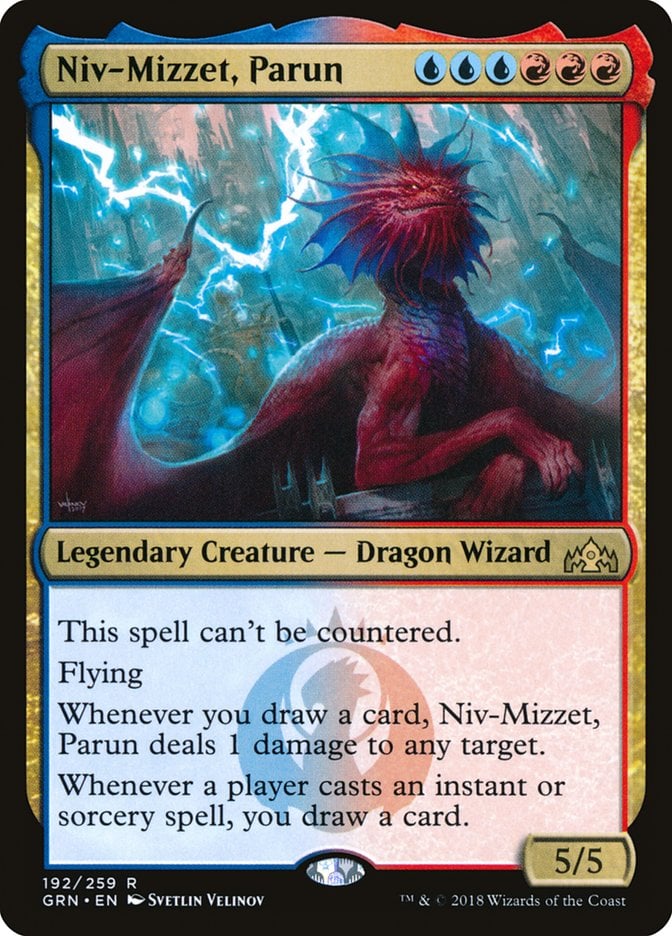
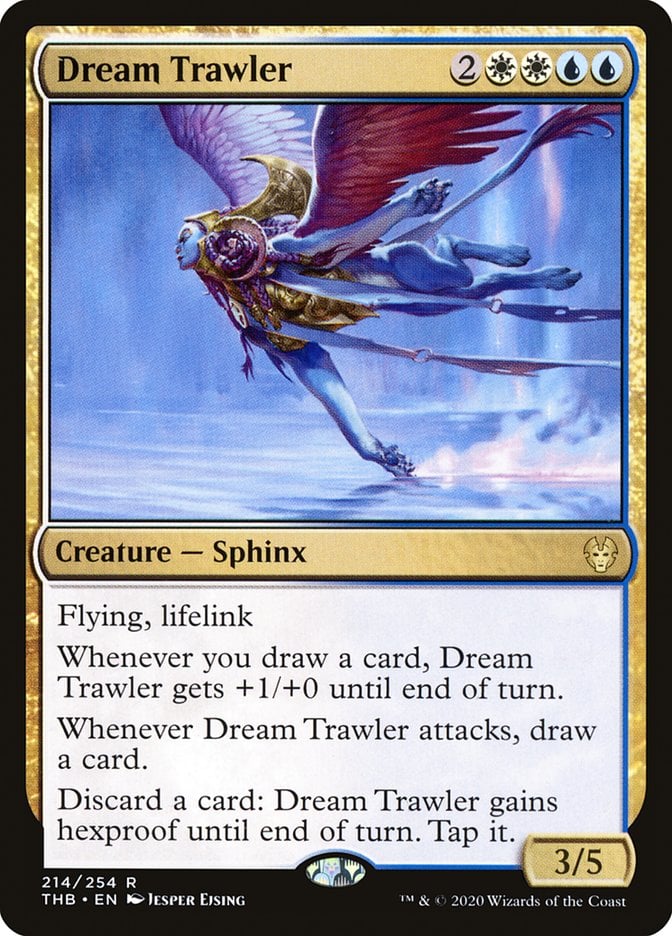
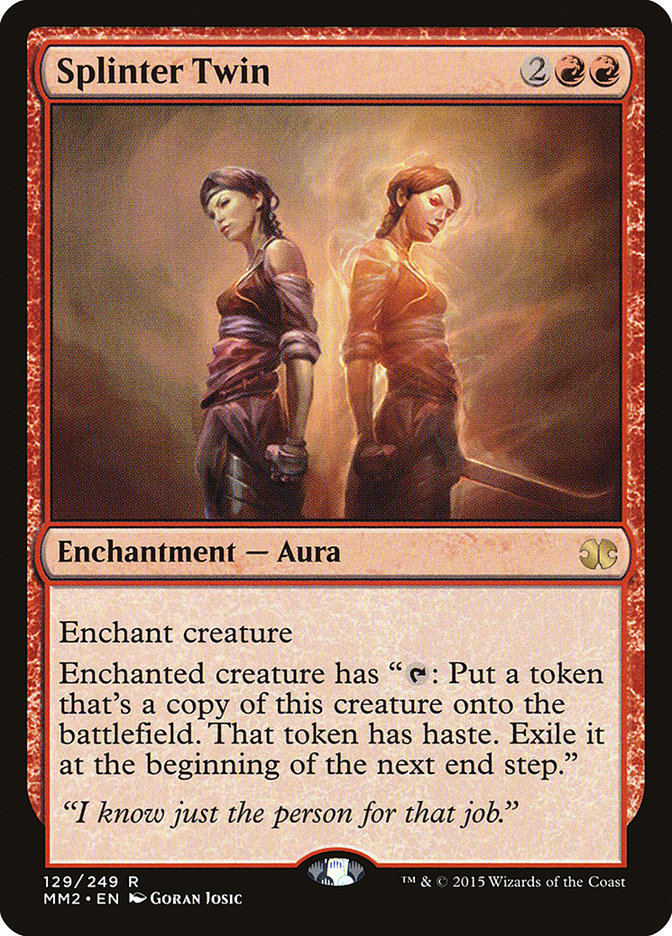
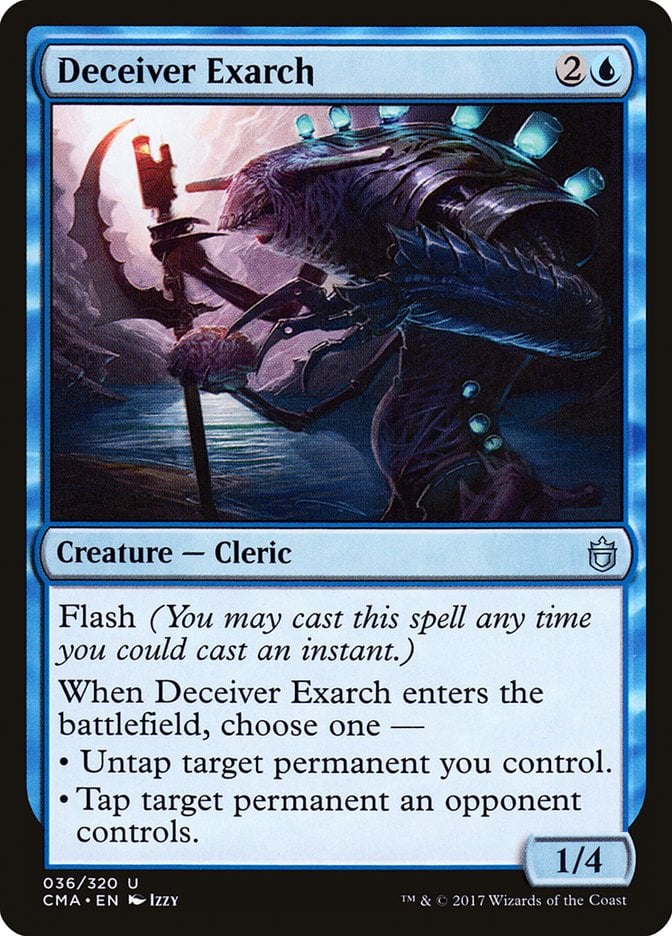
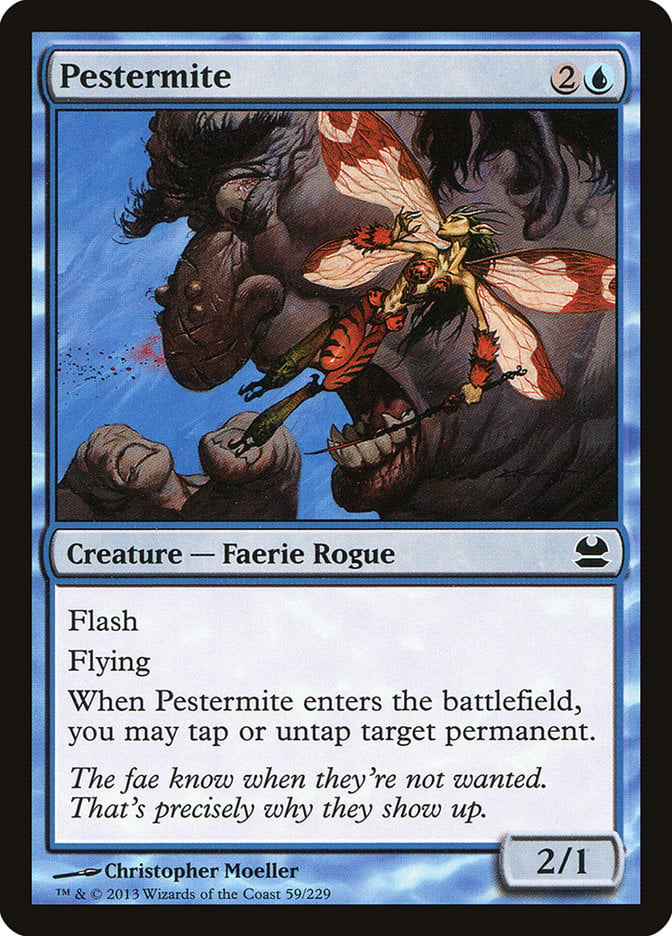
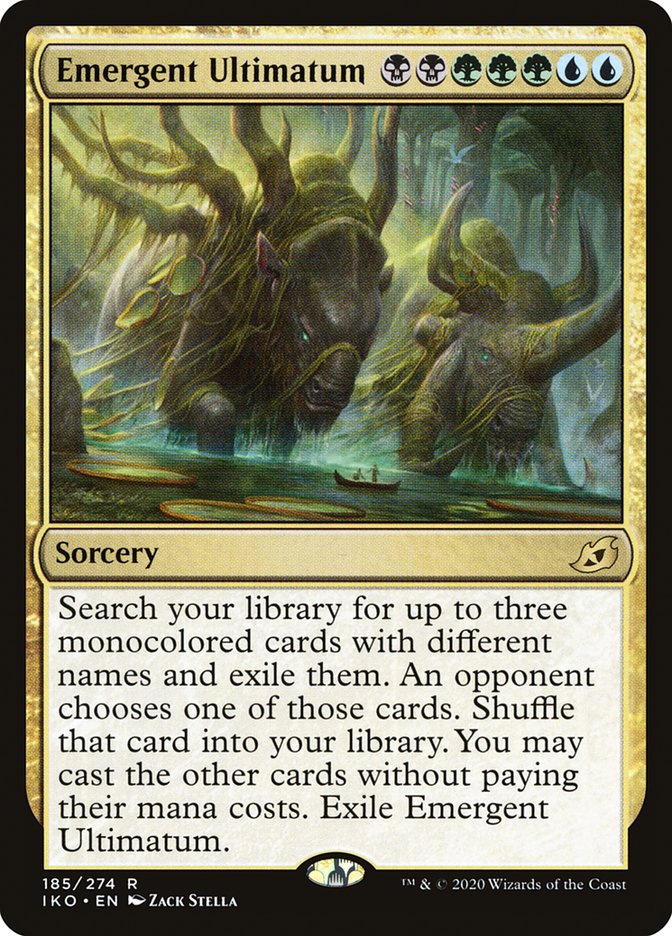
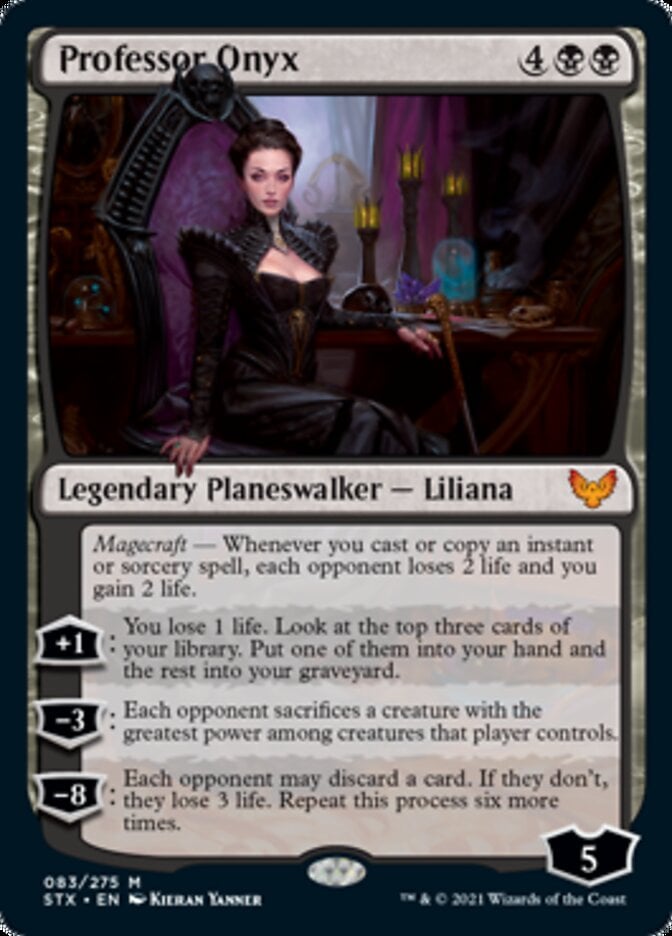
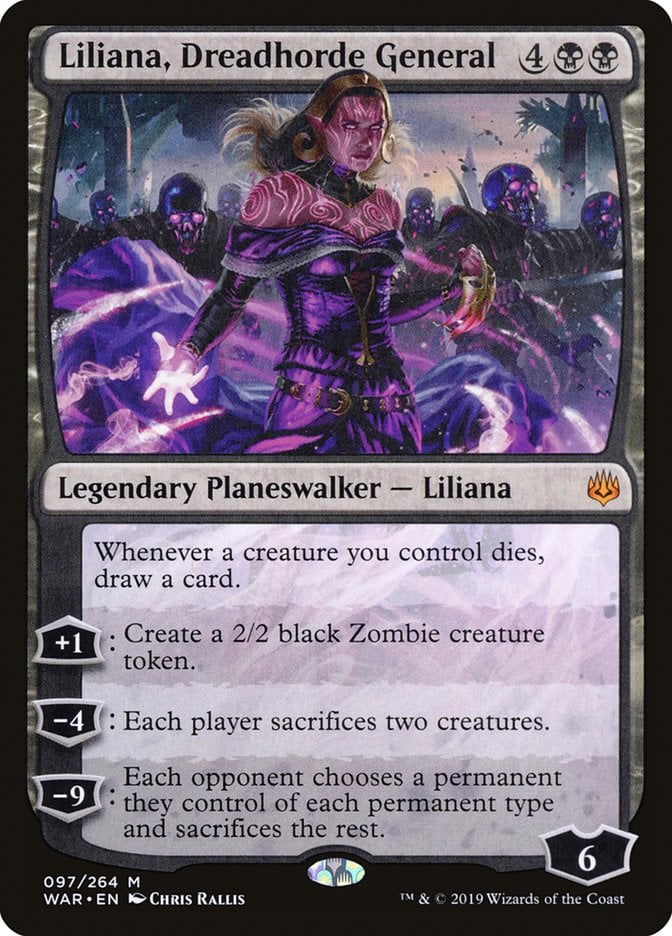
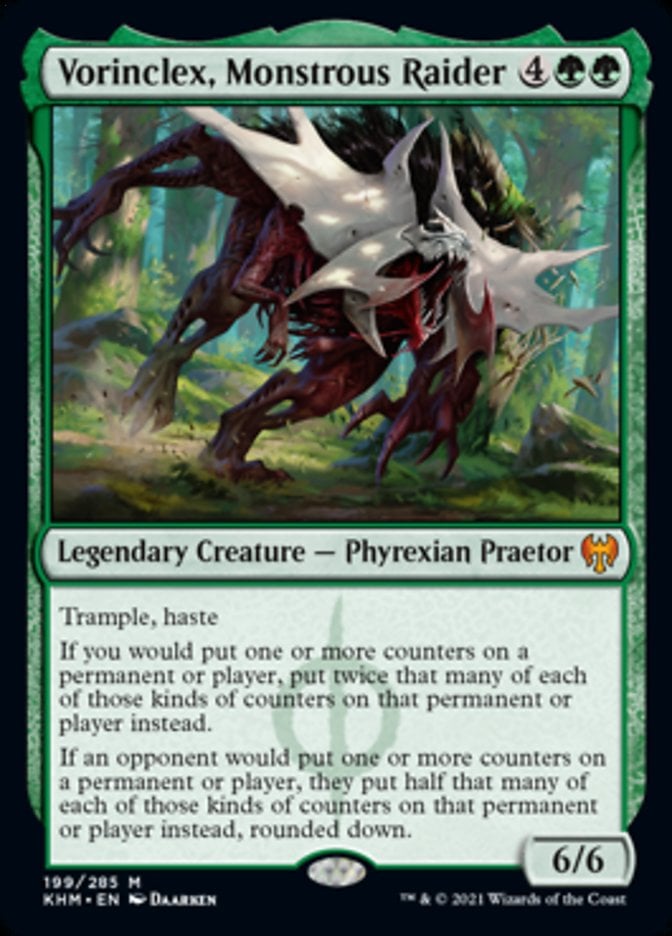
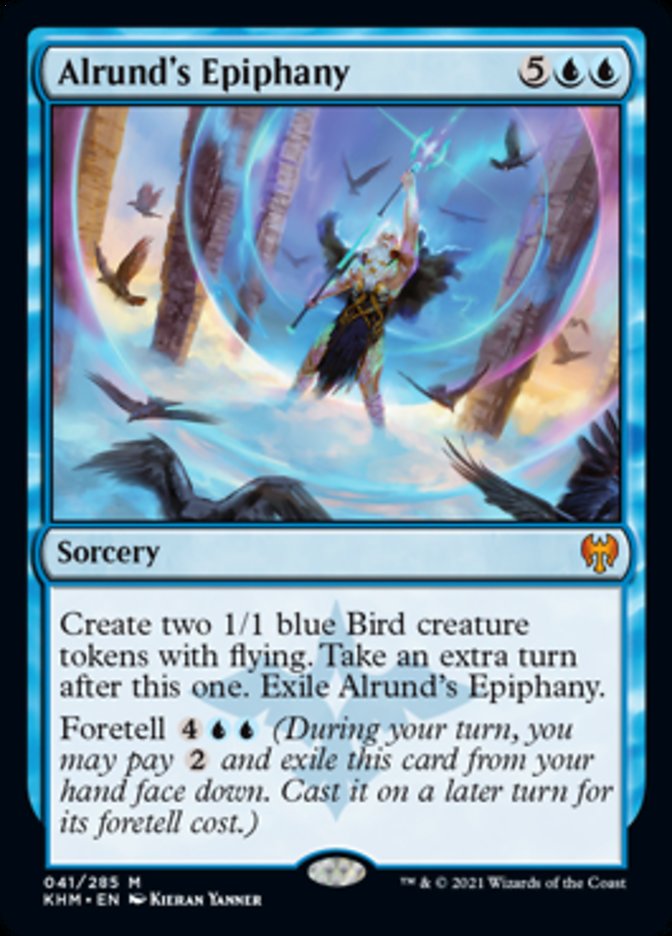

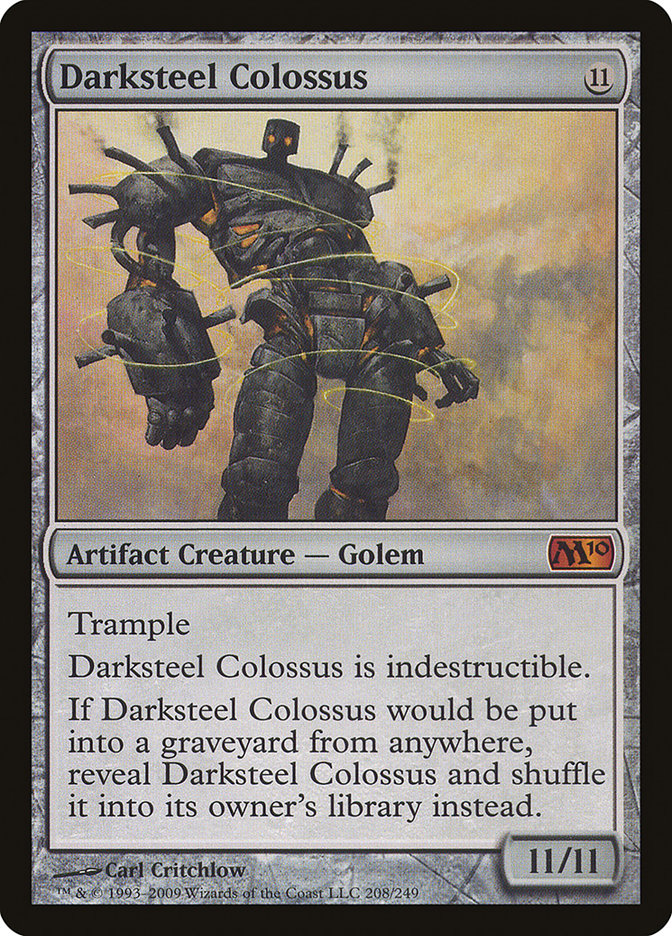
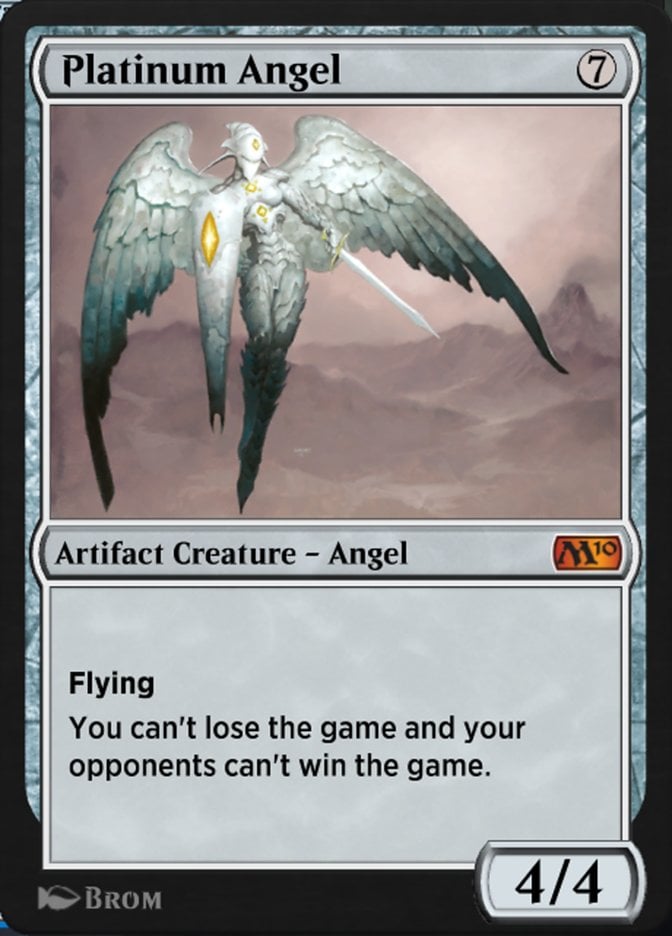
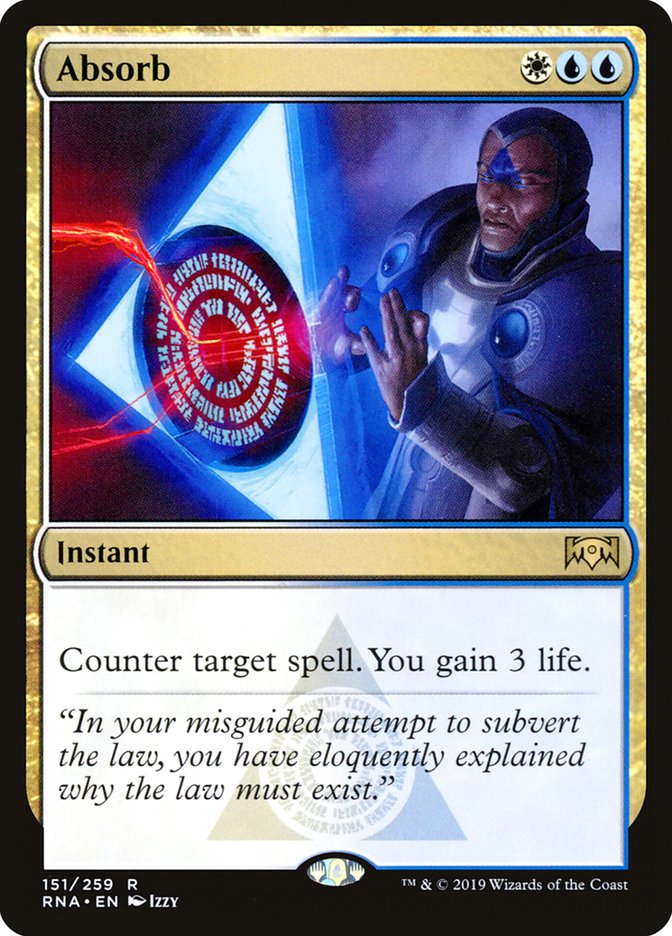

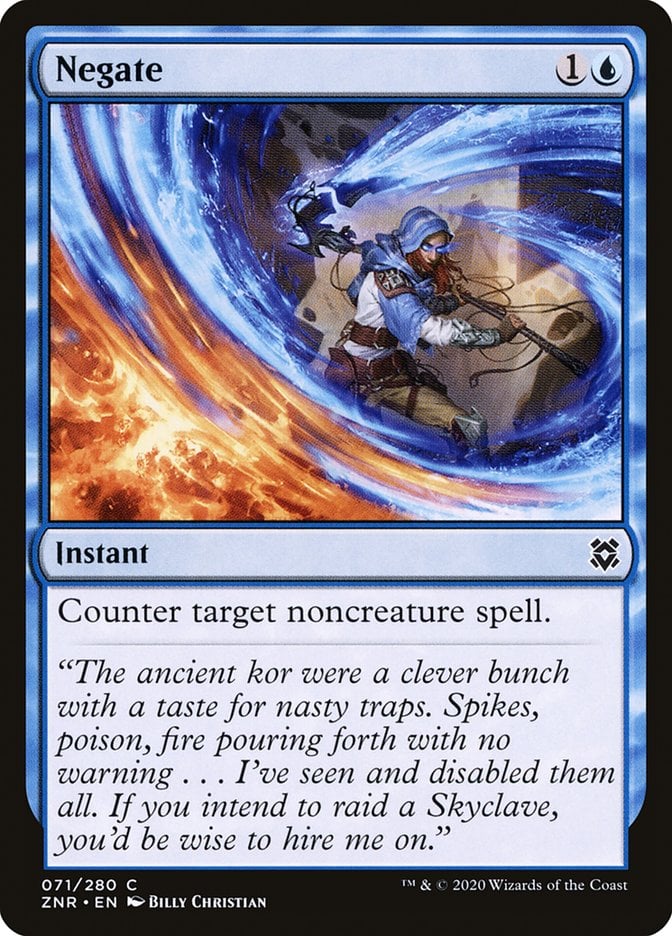
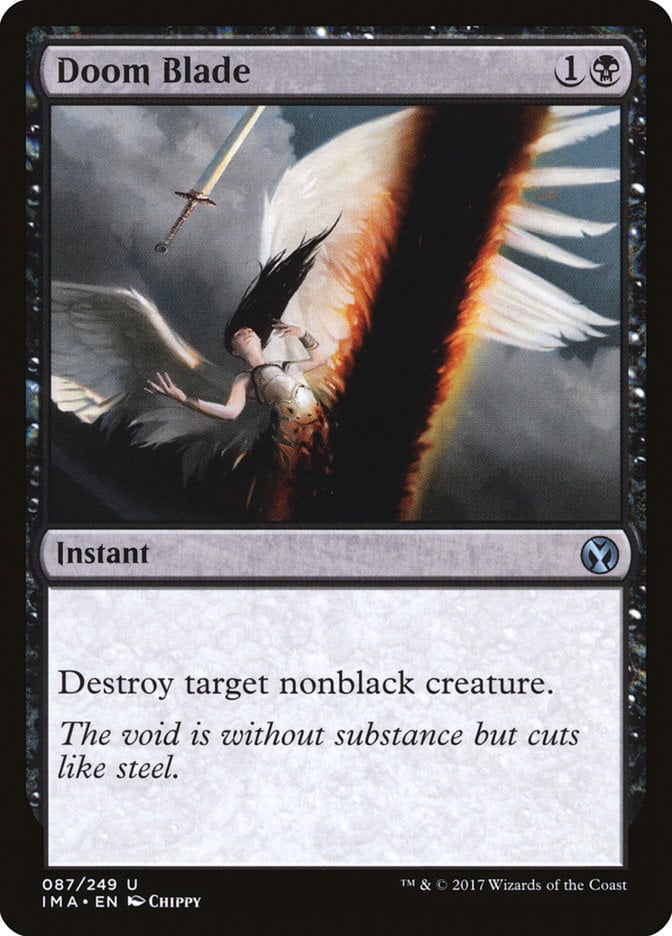
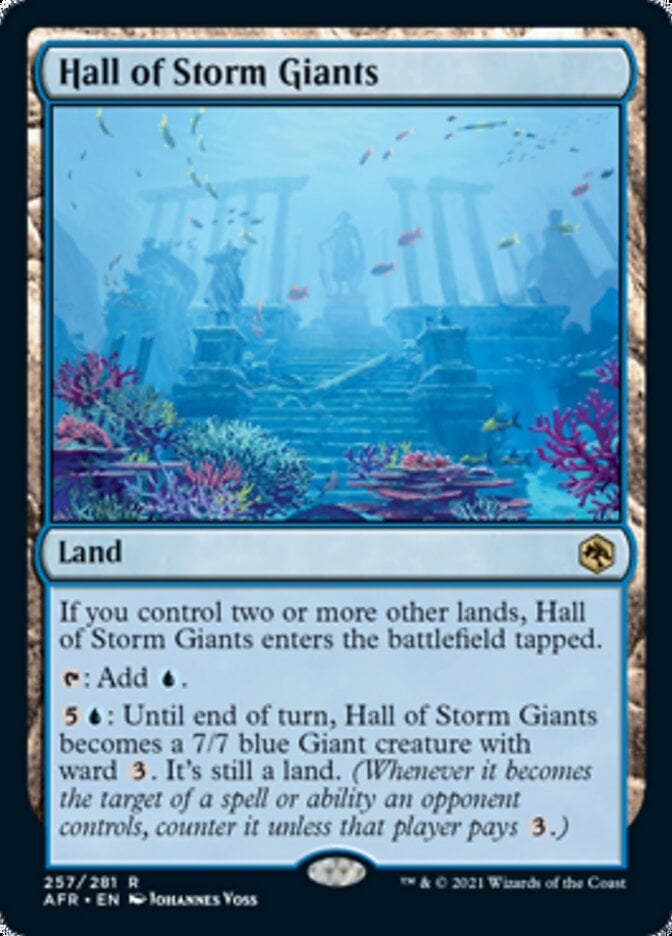

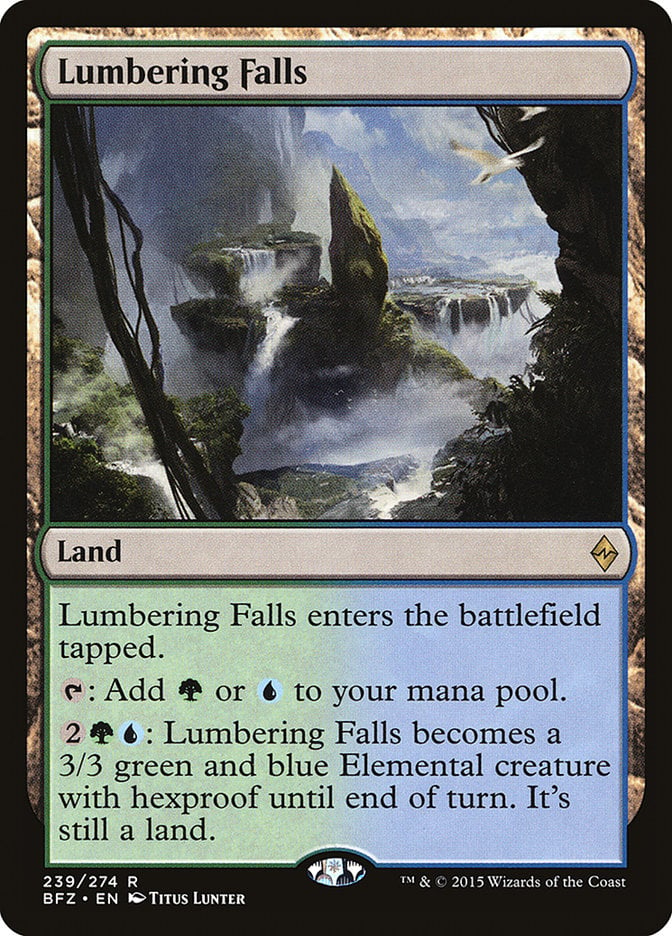

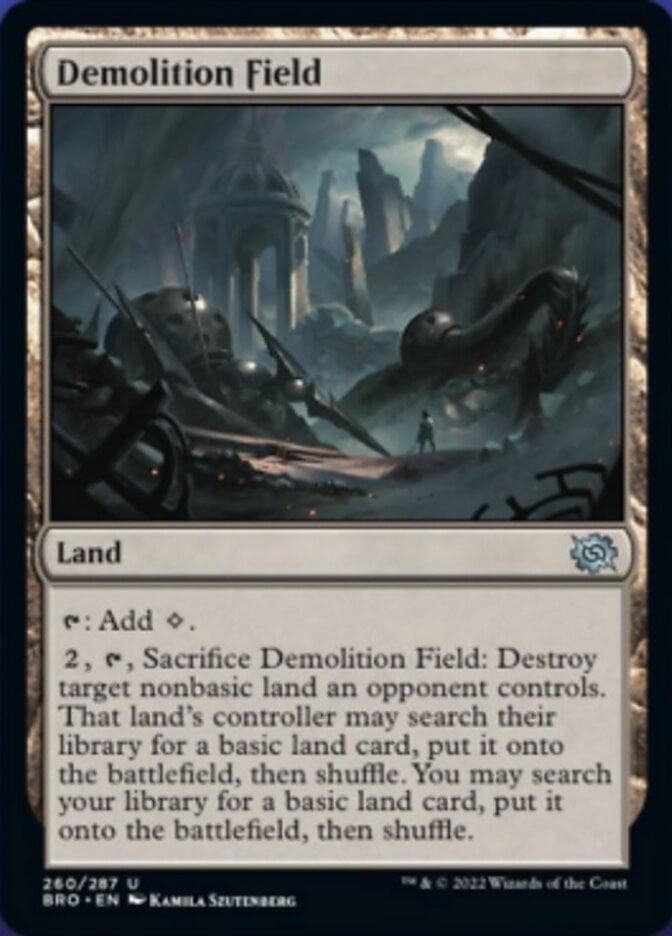
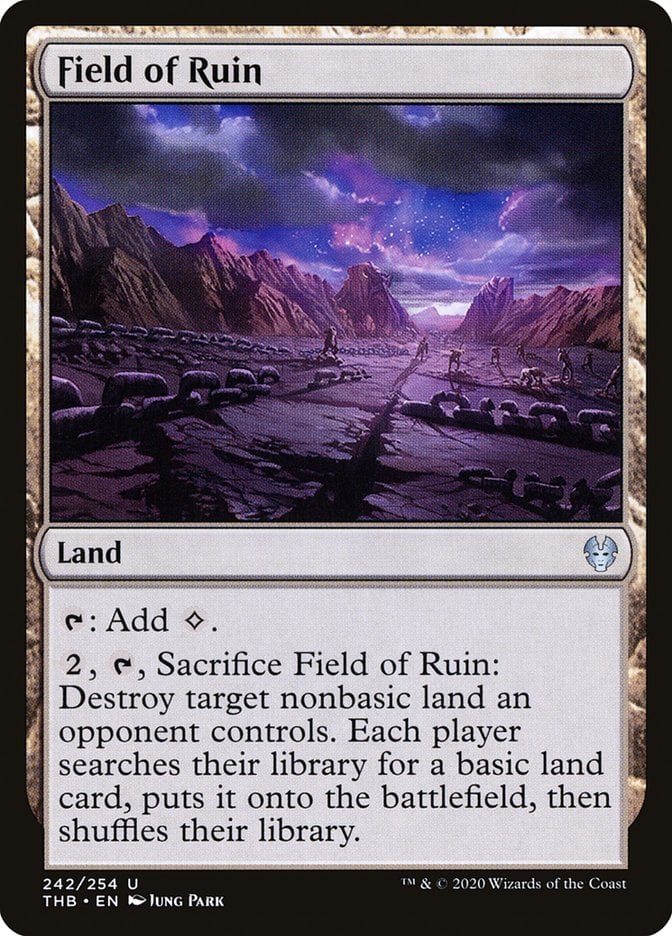


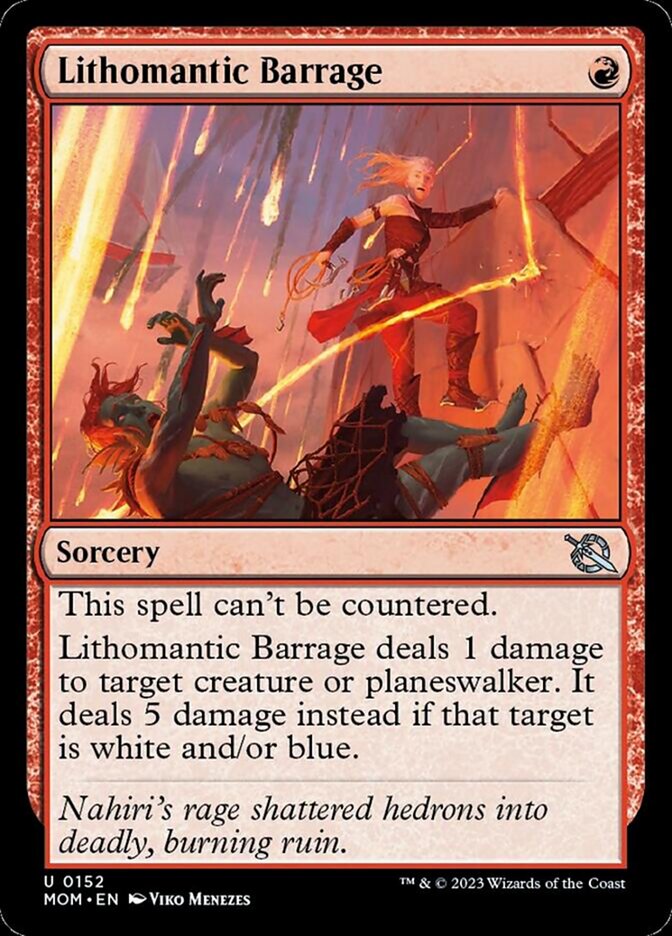
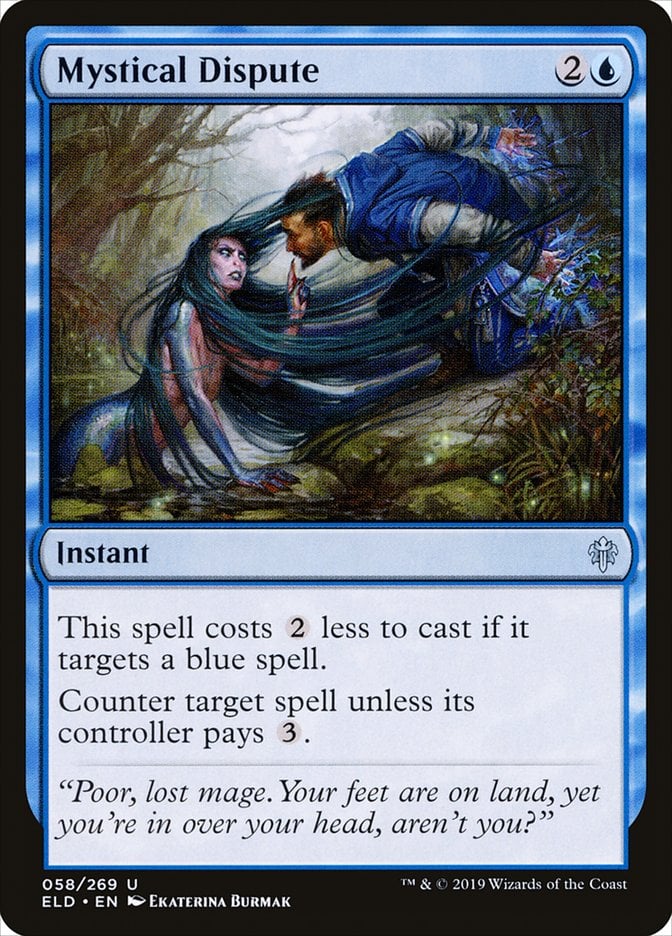
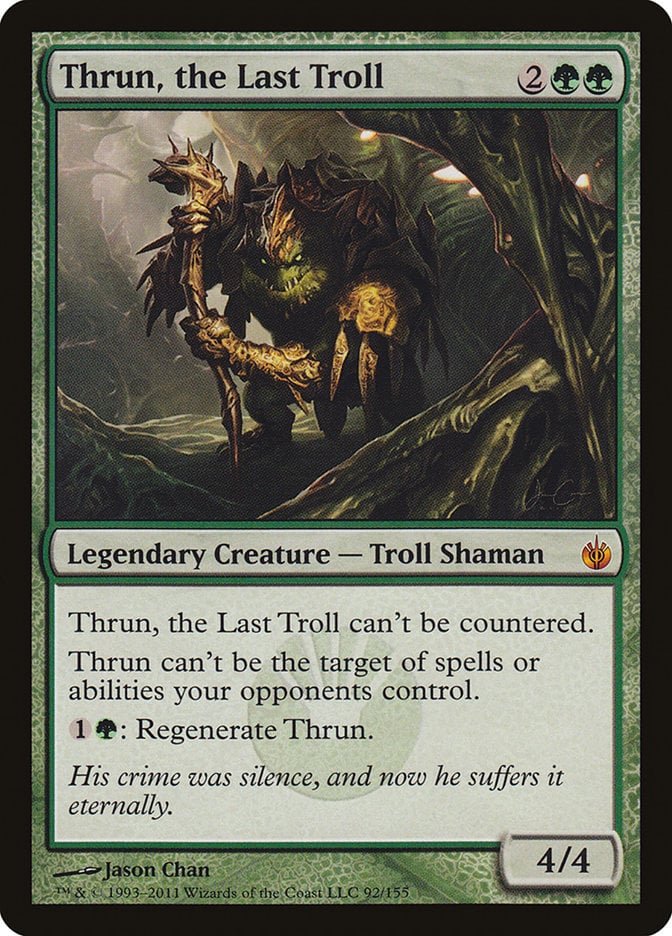
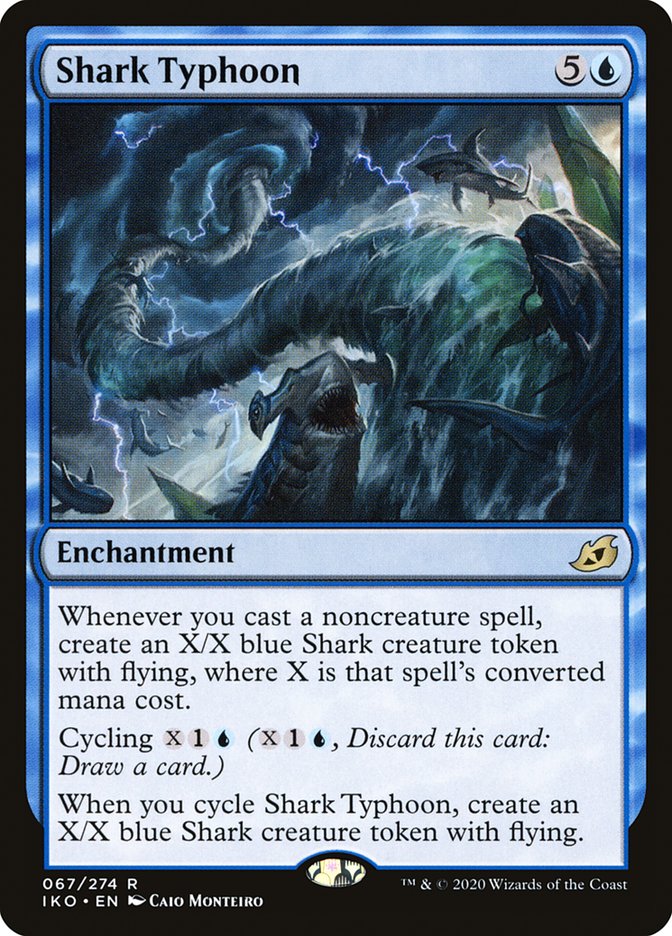
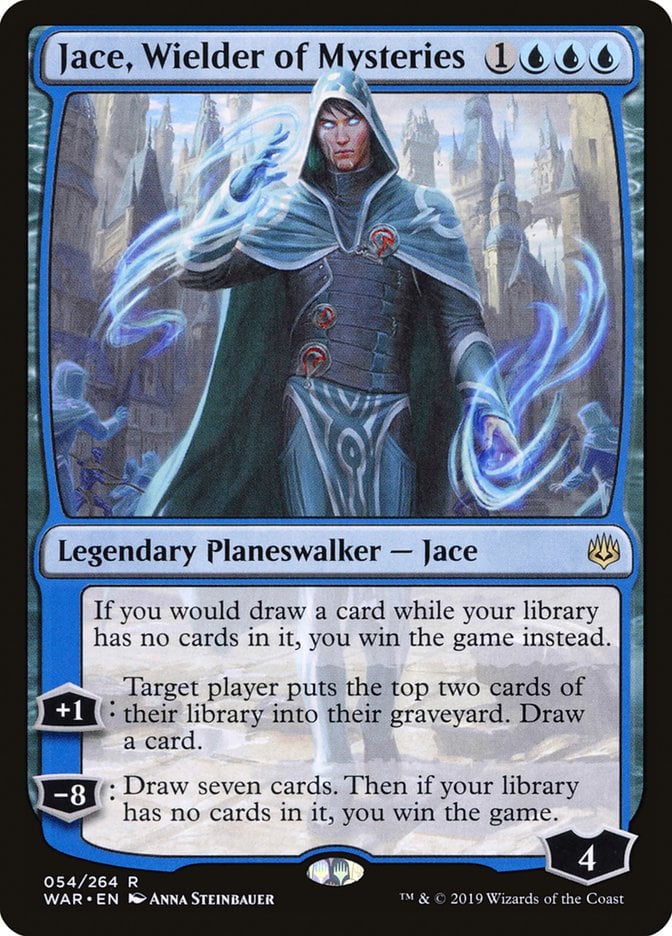
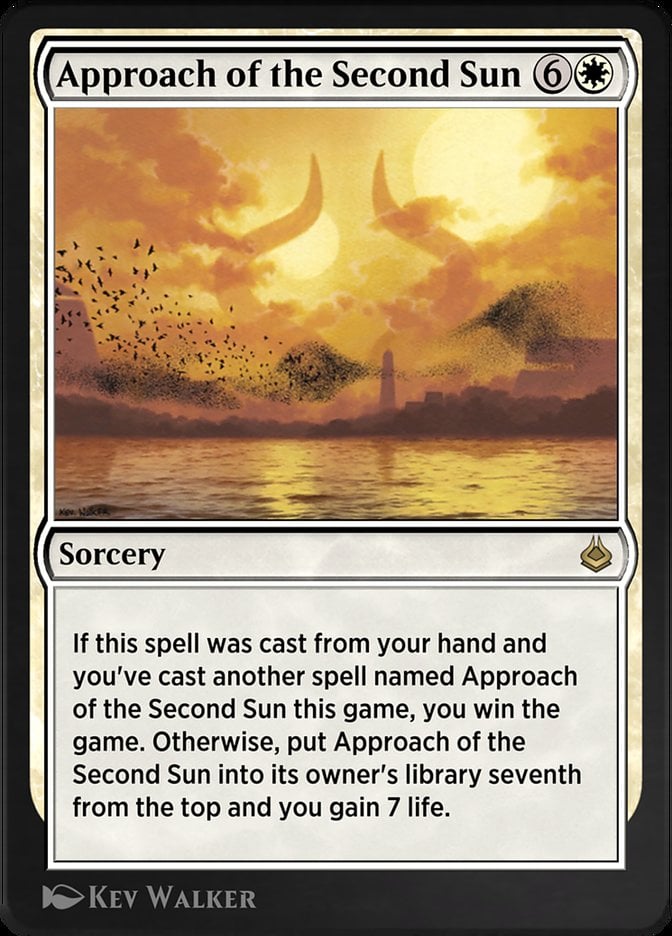
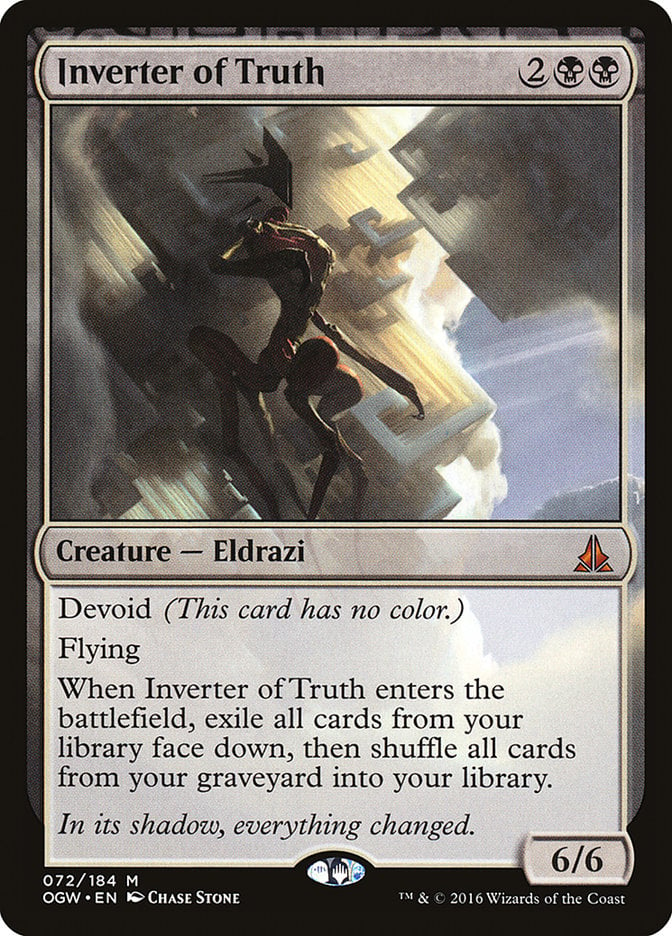
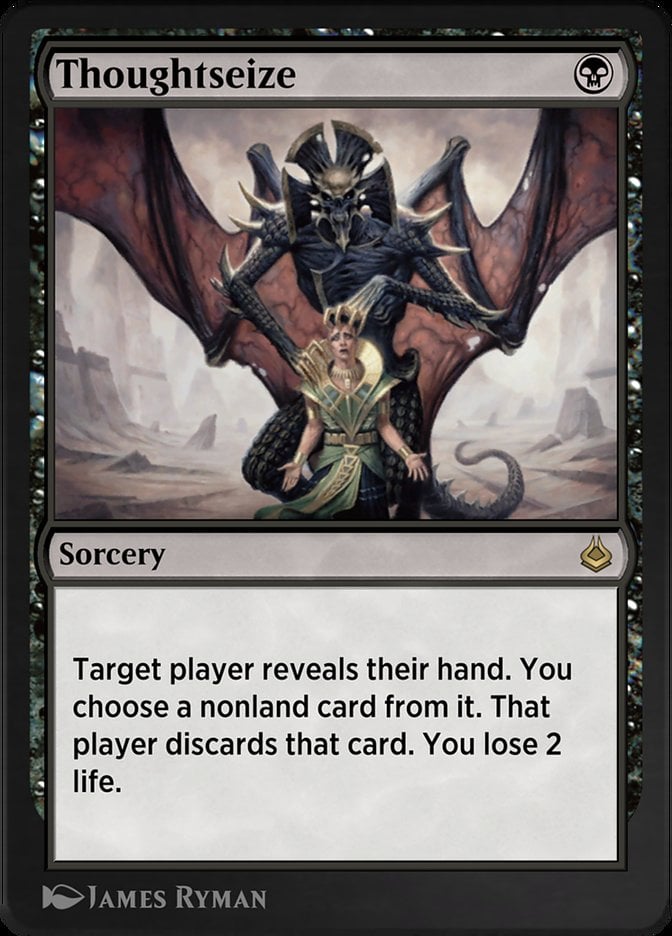
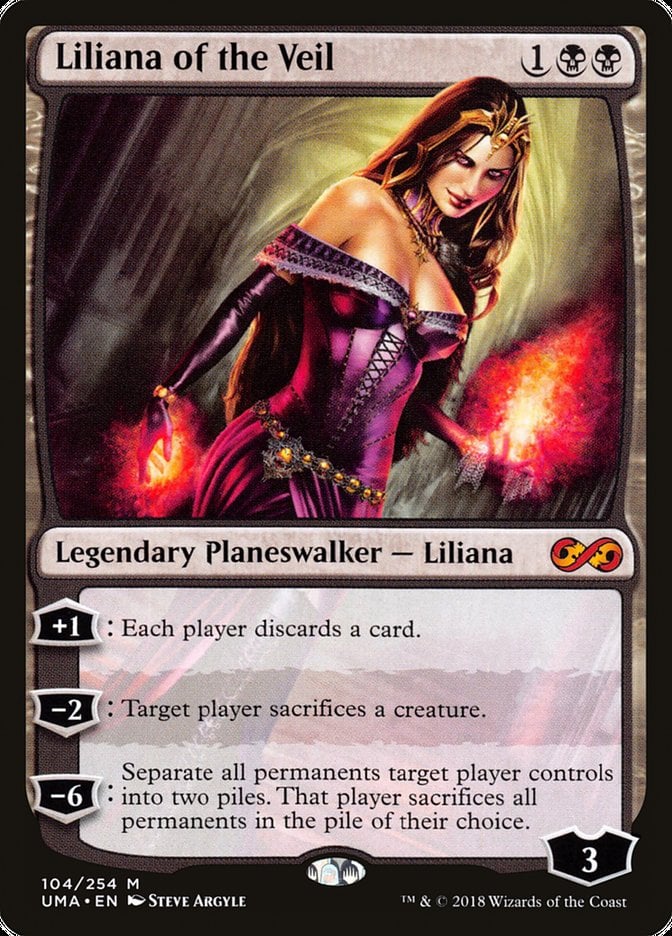

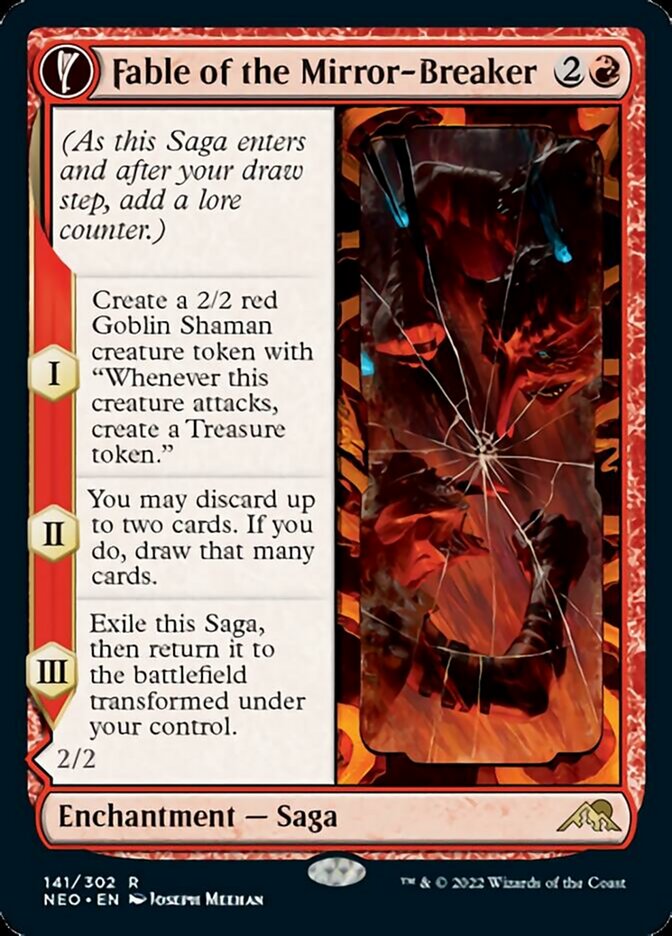
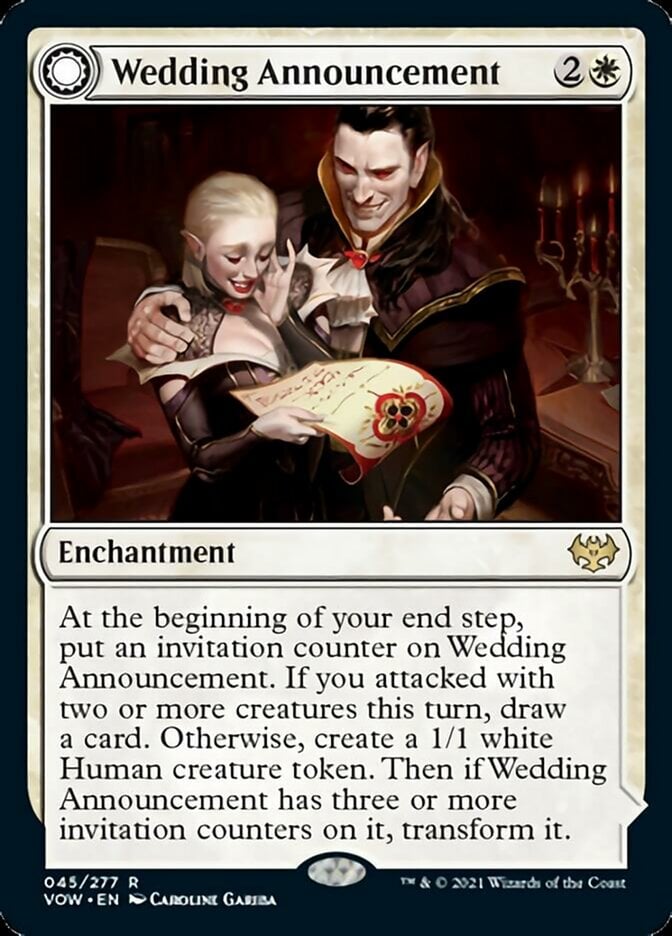
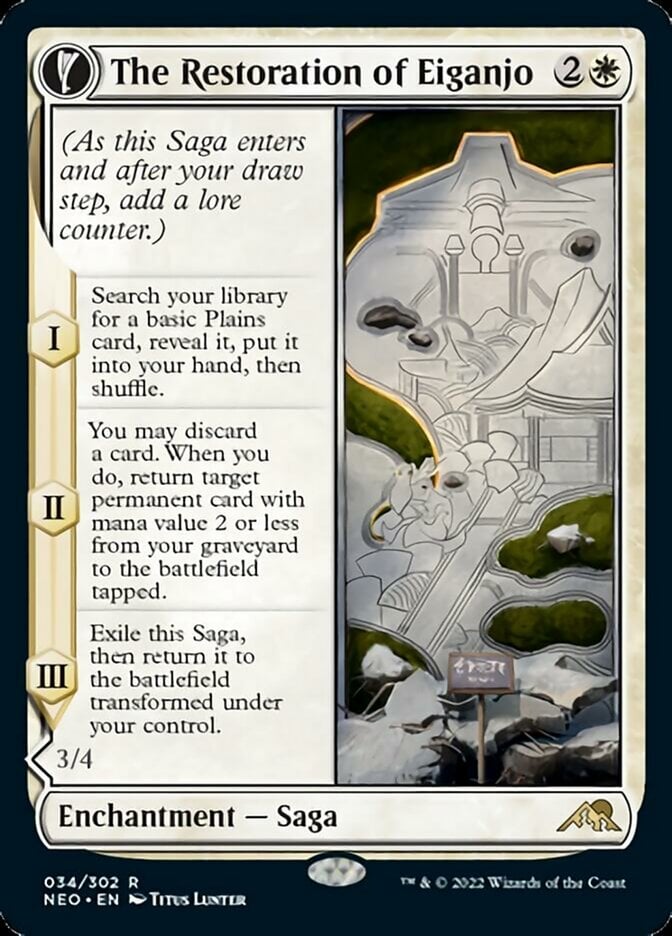
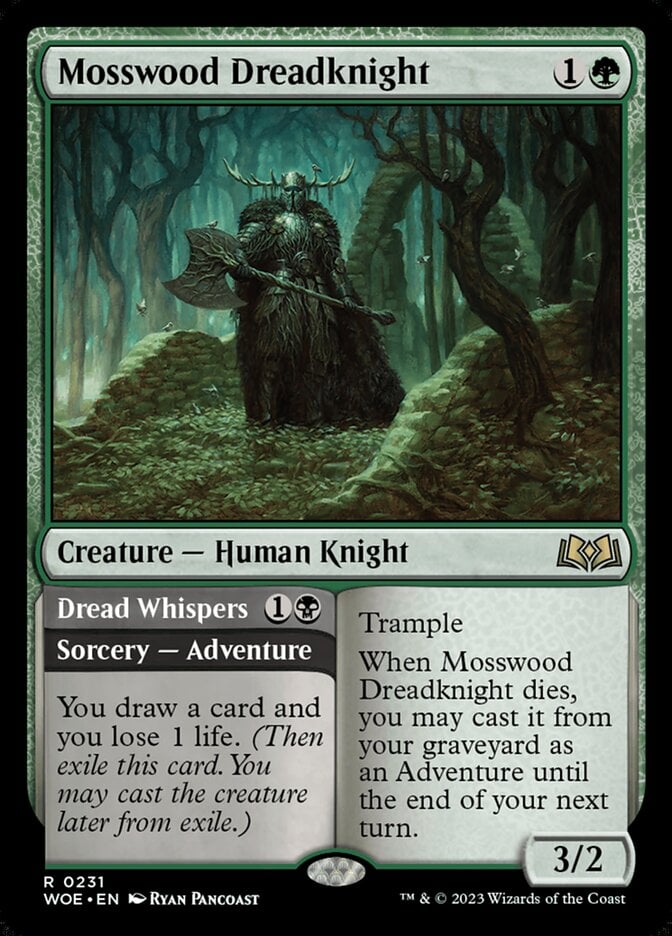
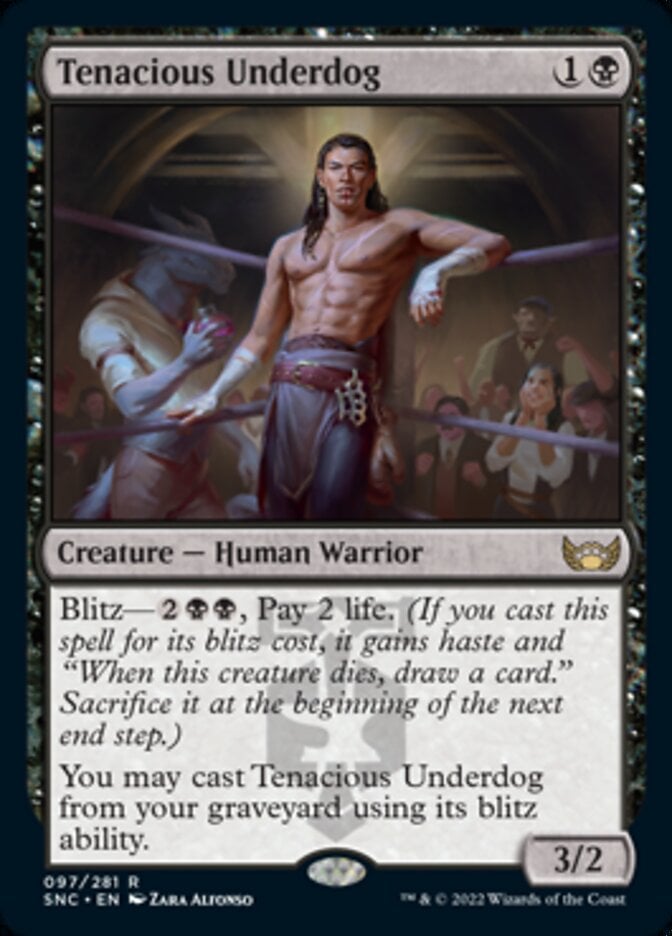
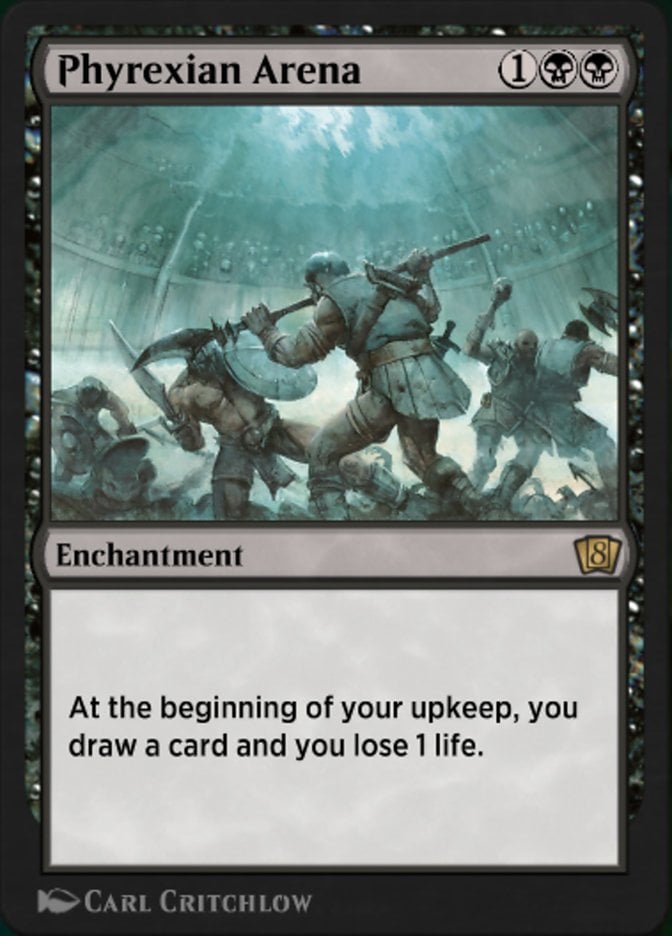

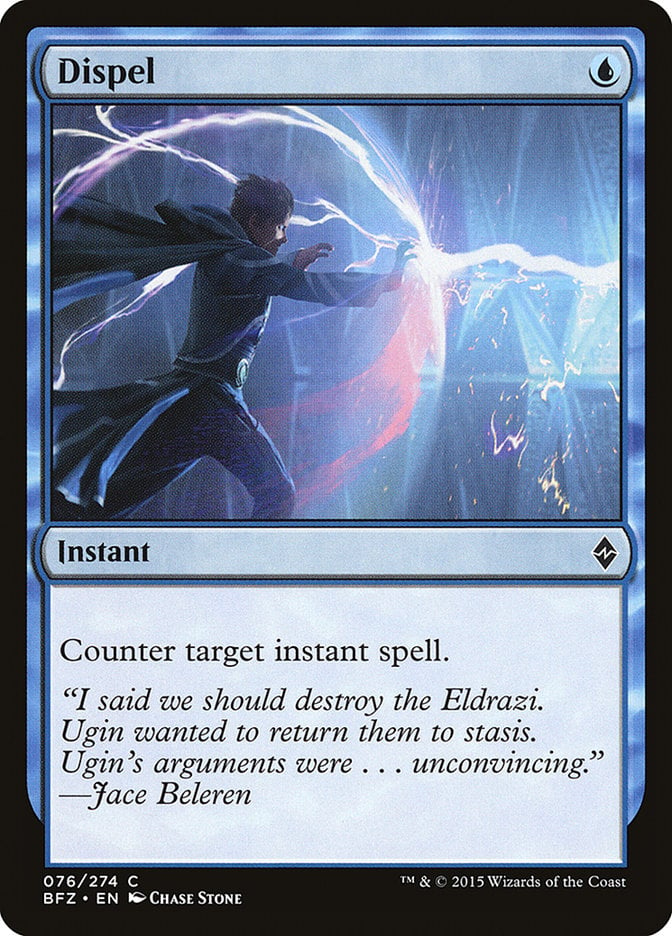

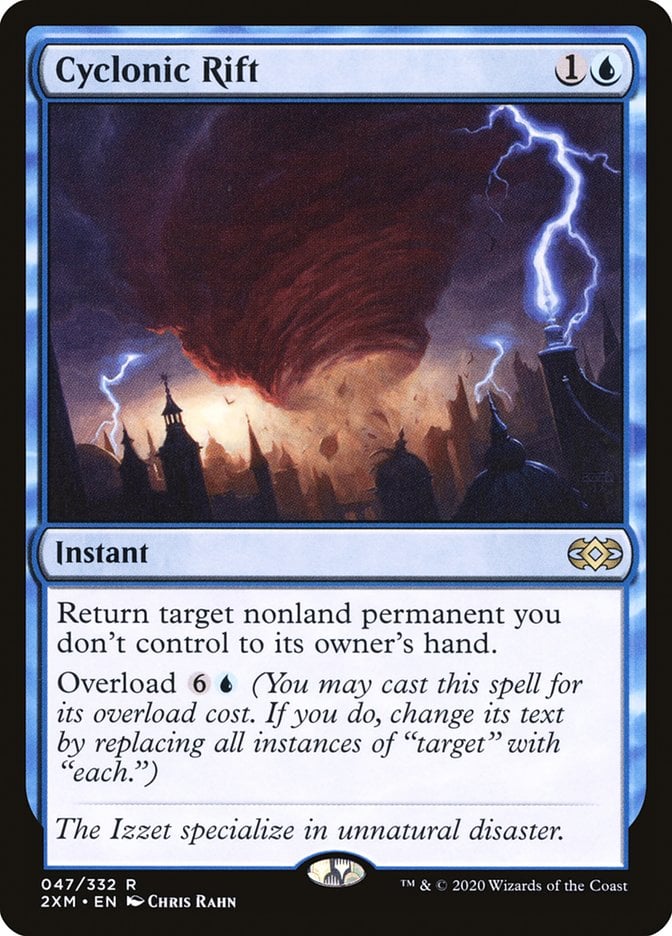


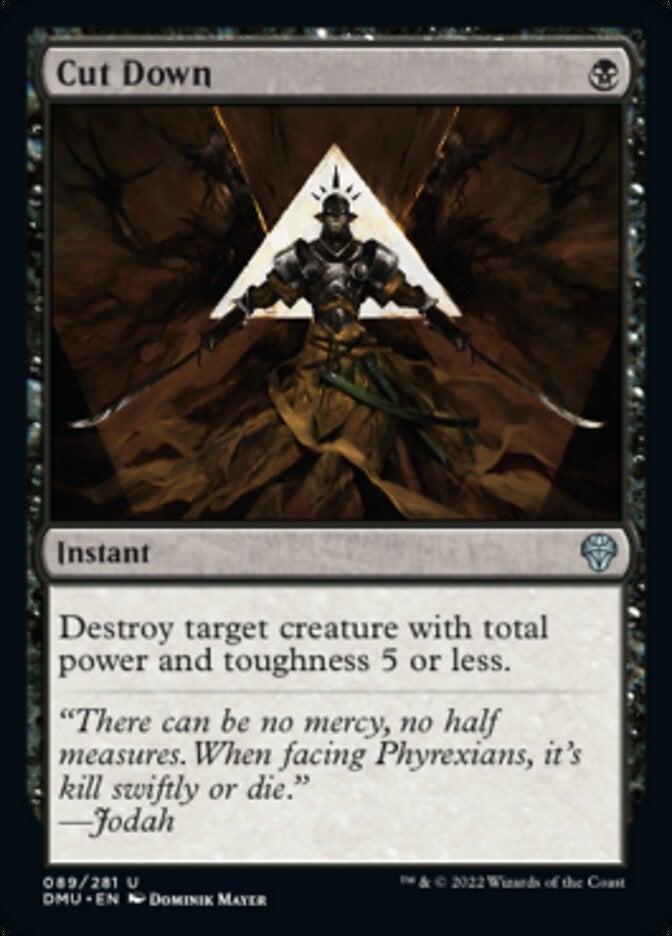
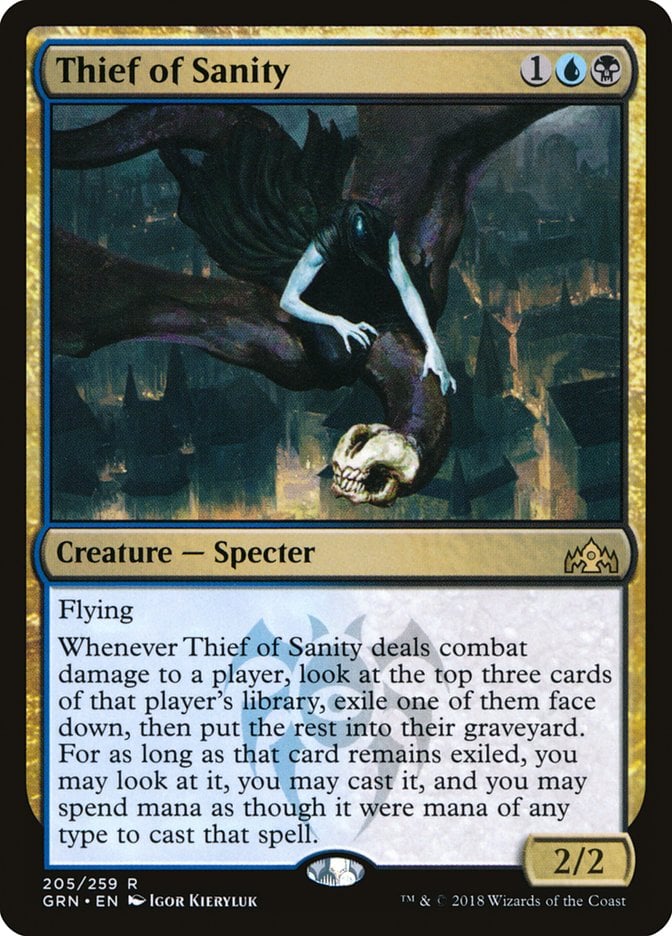
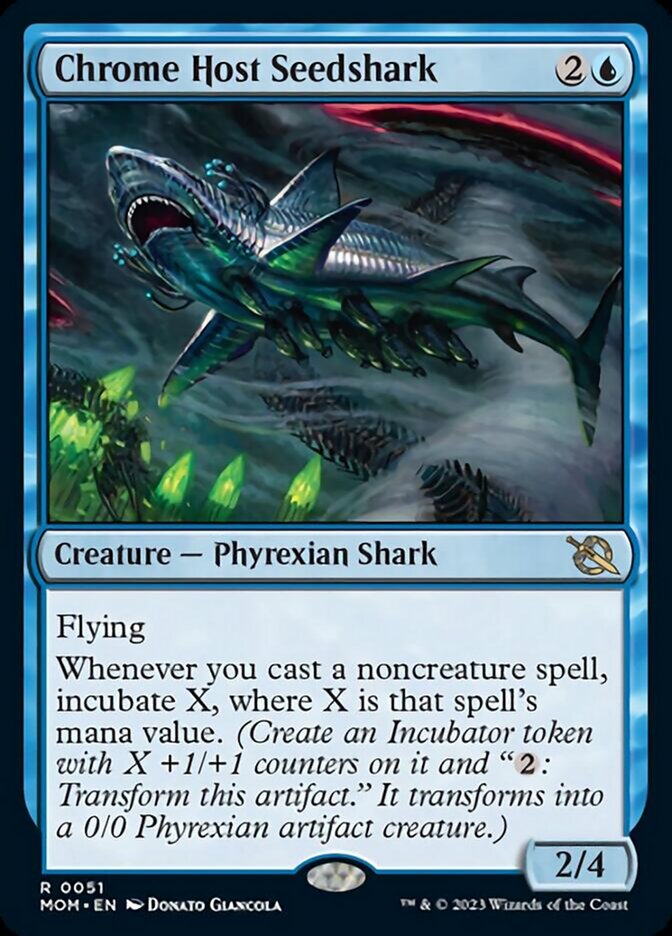


Add Comment